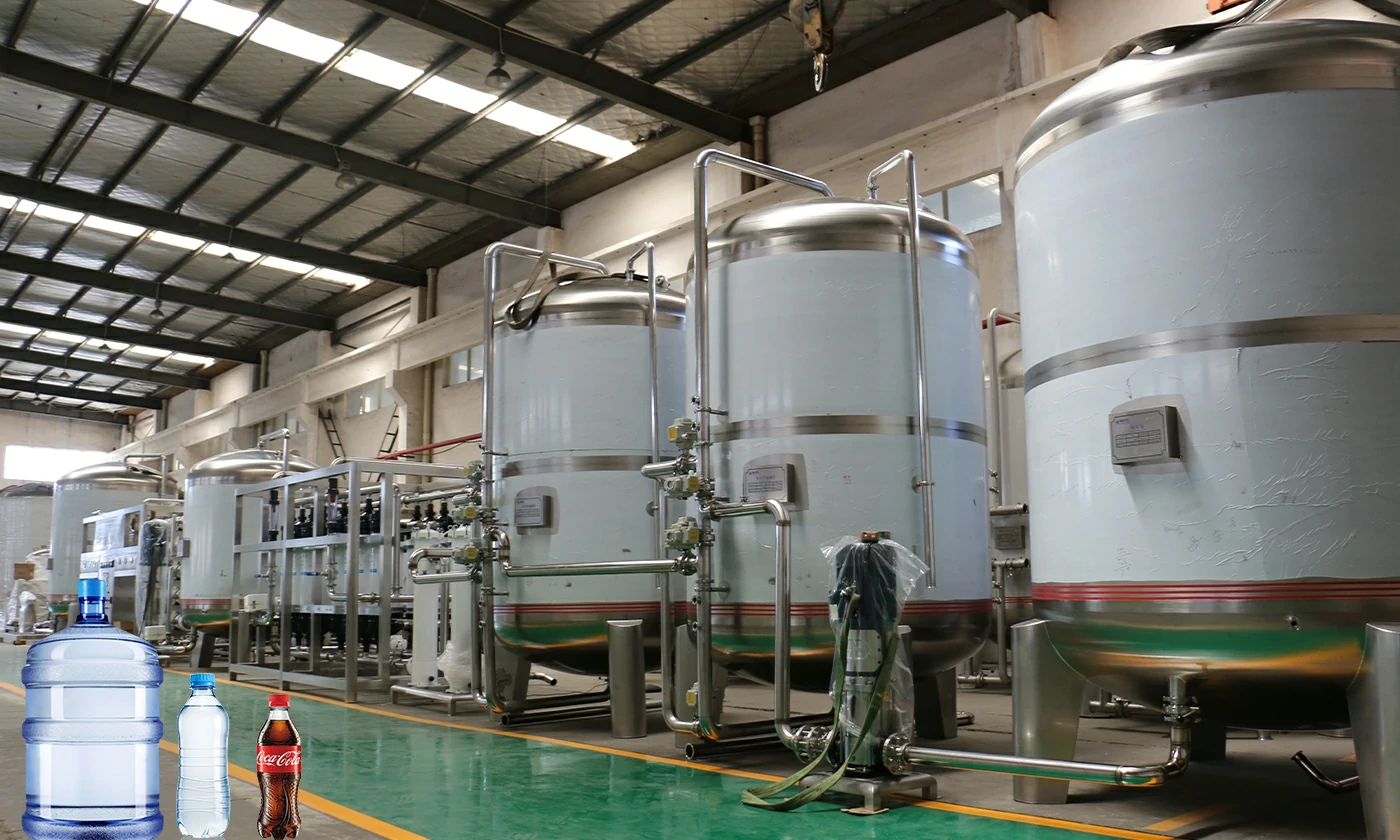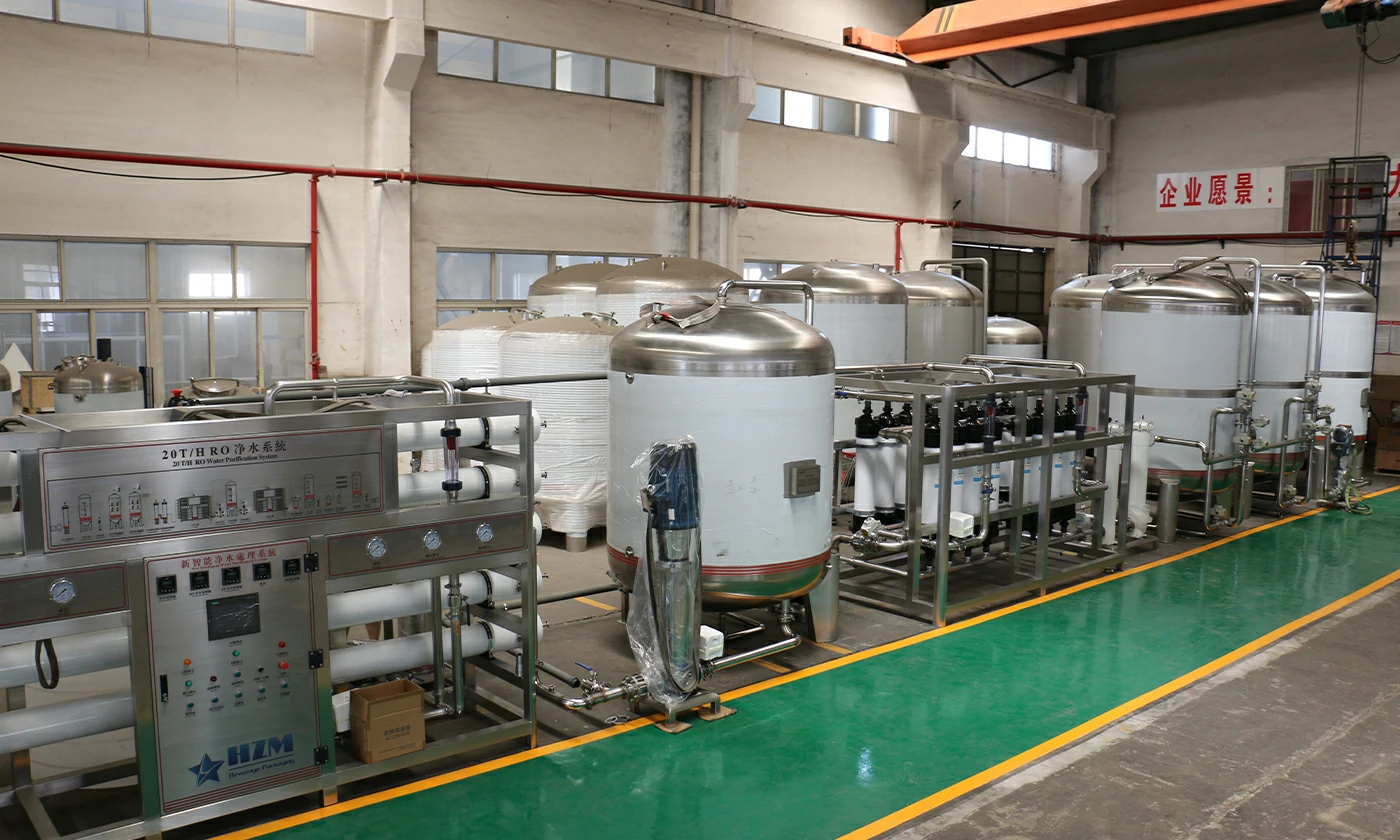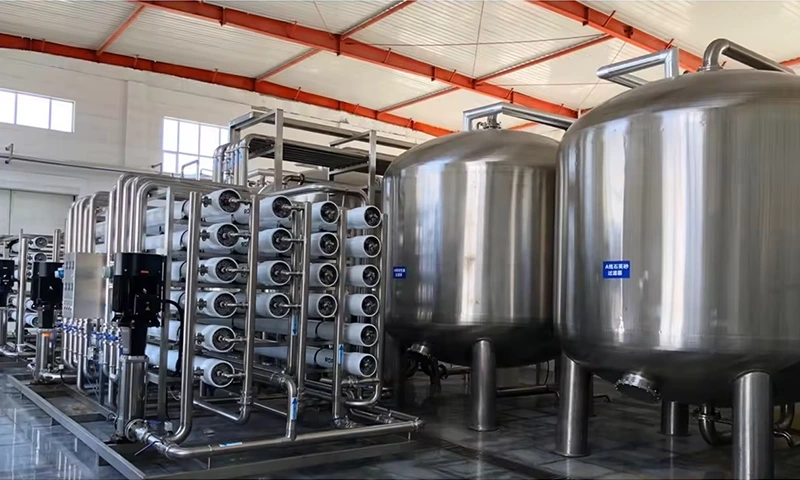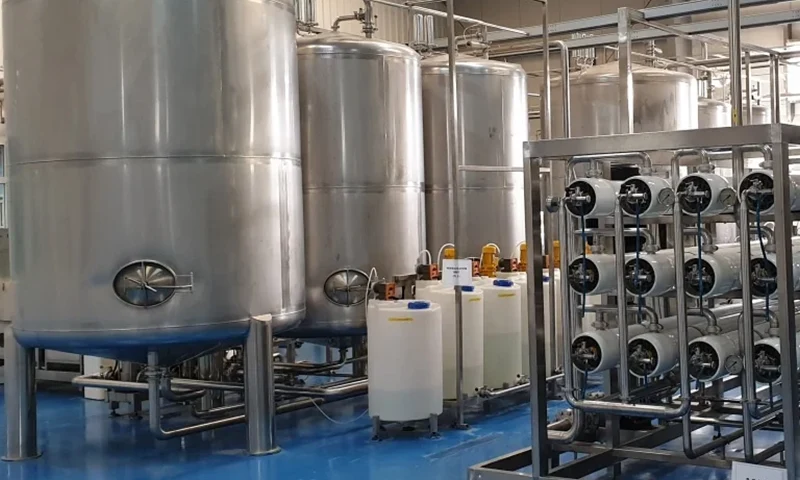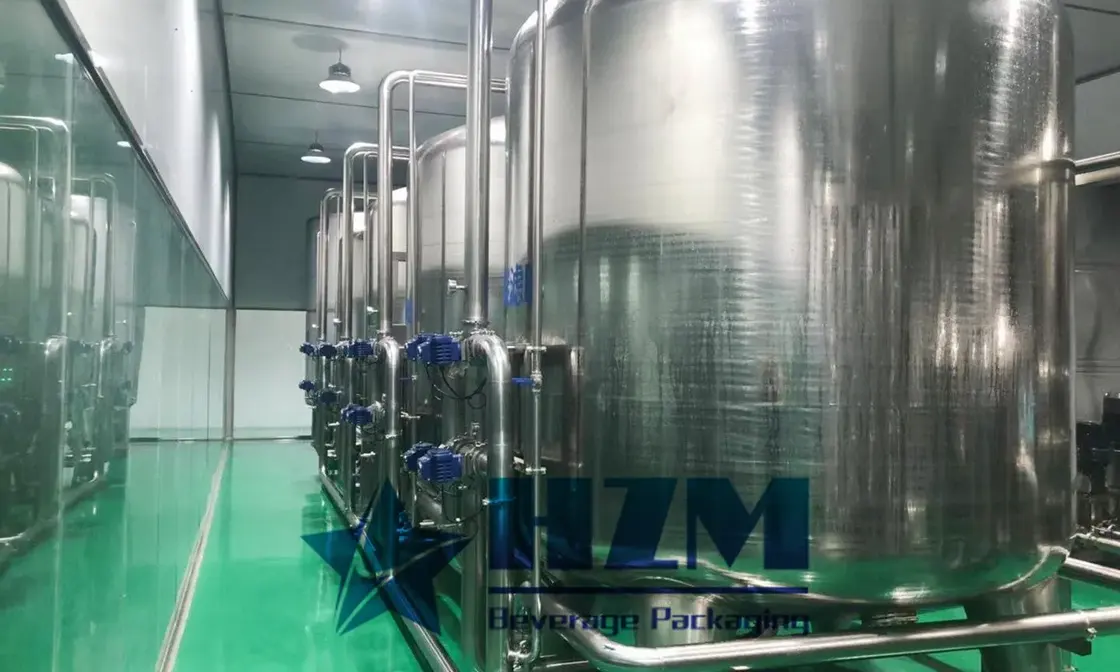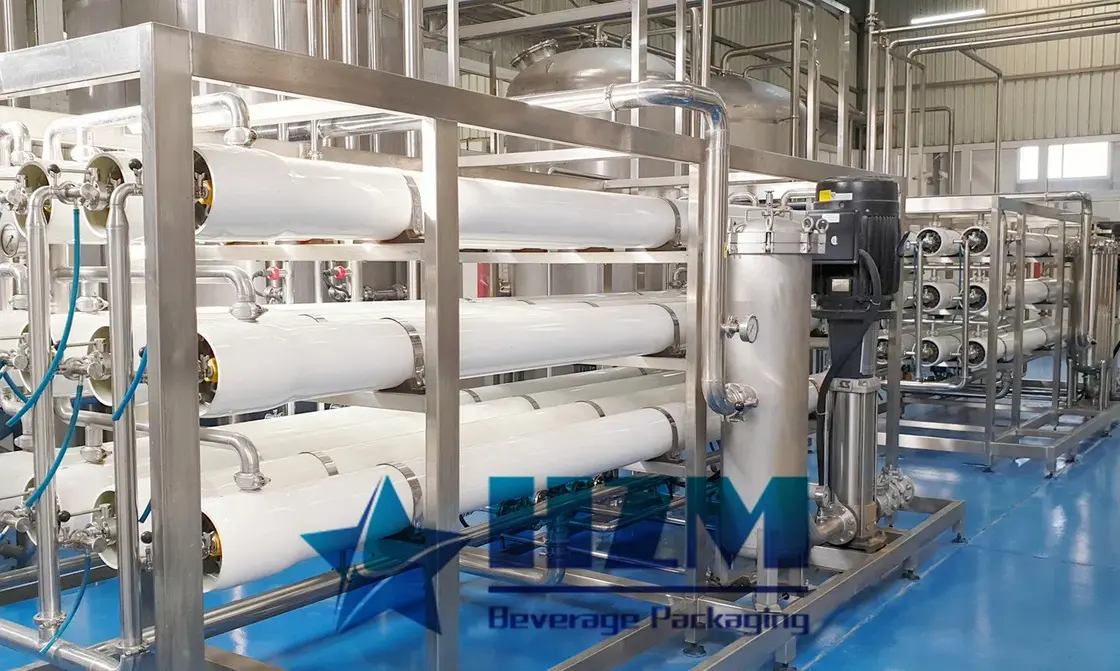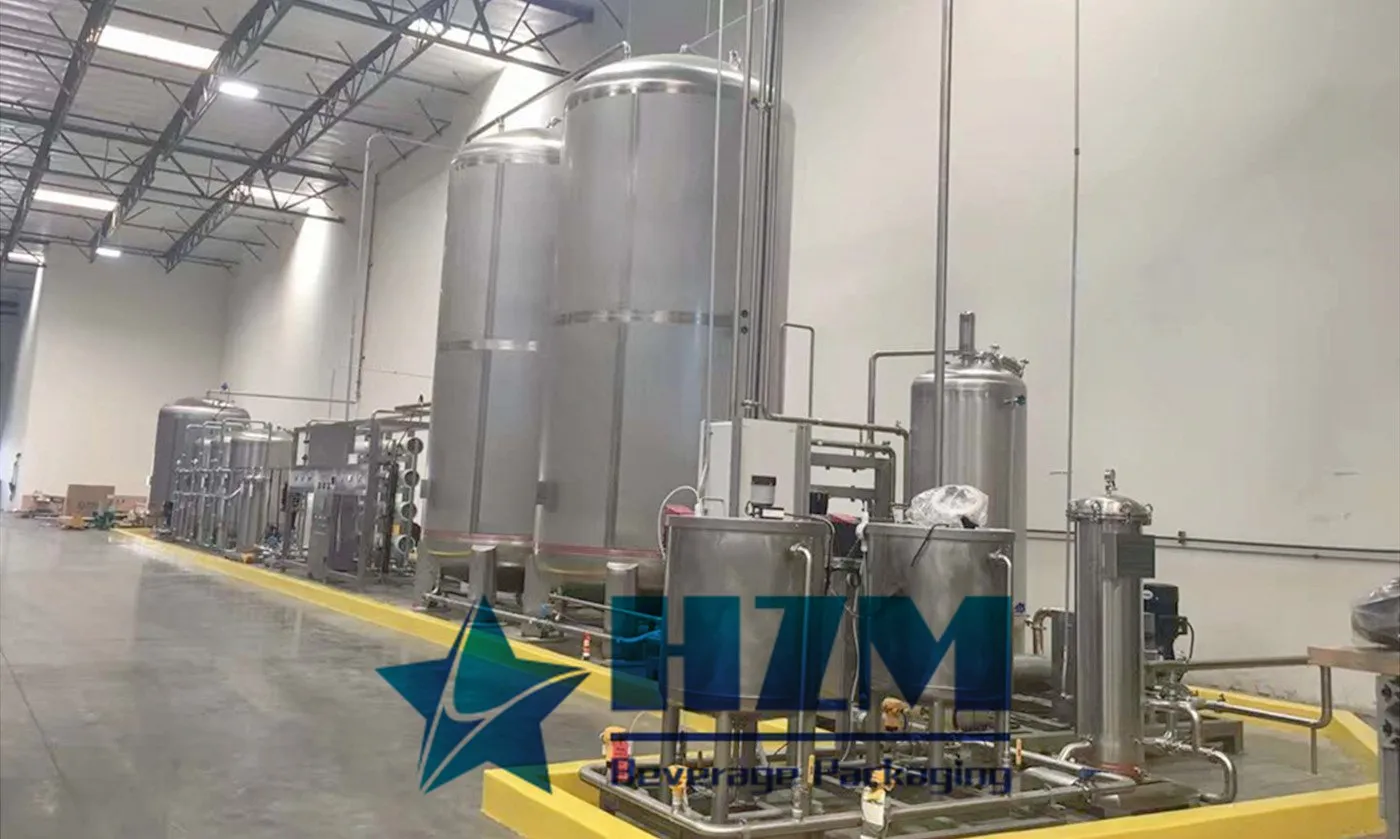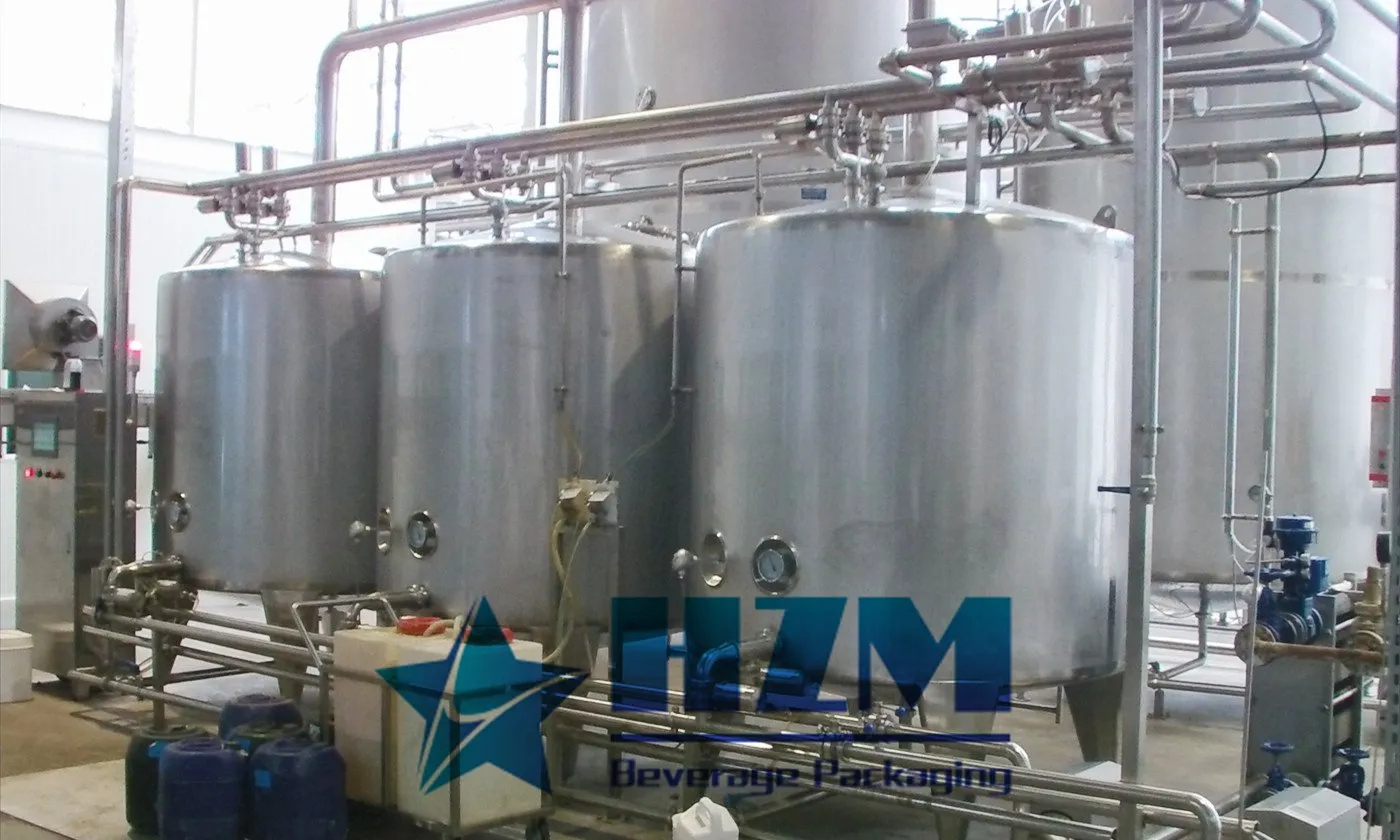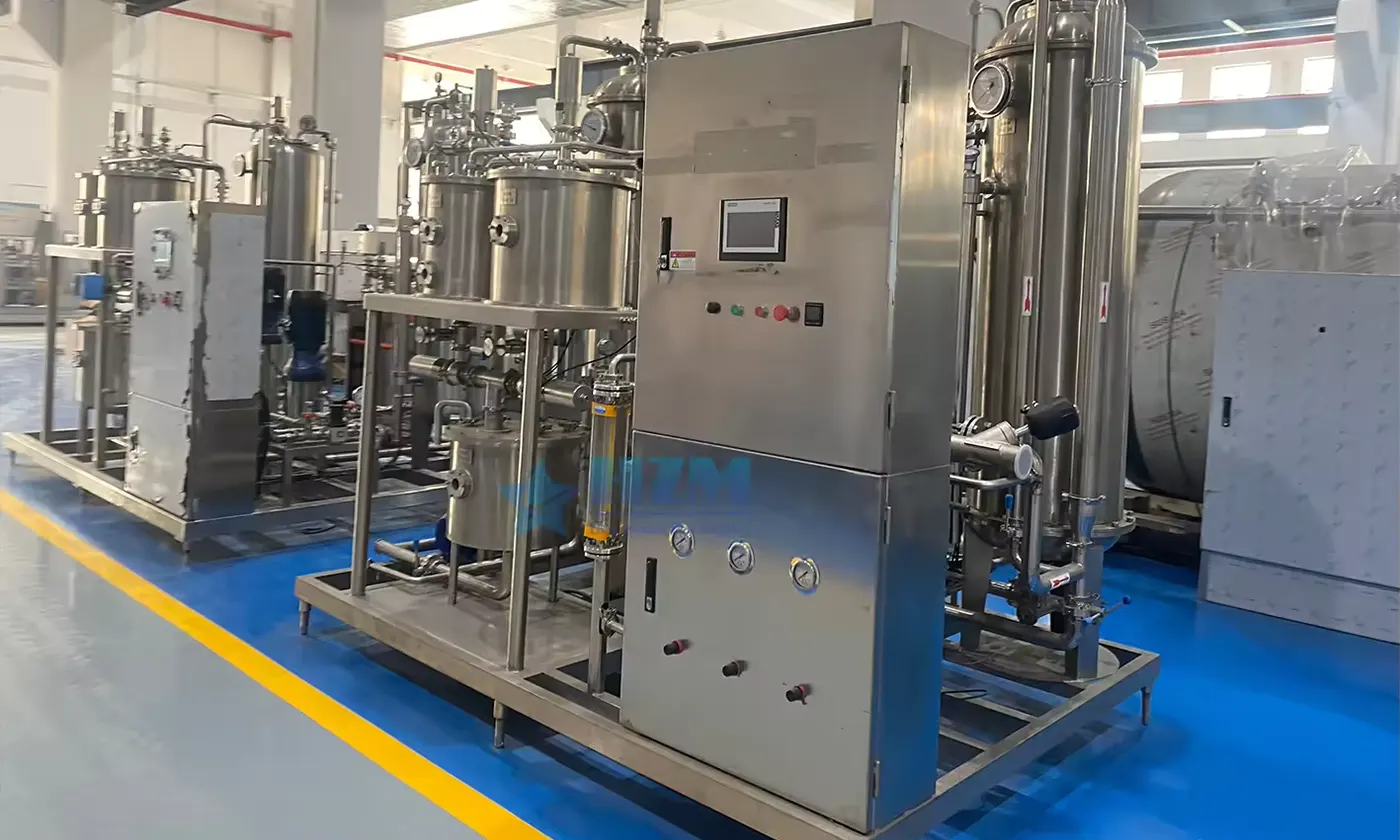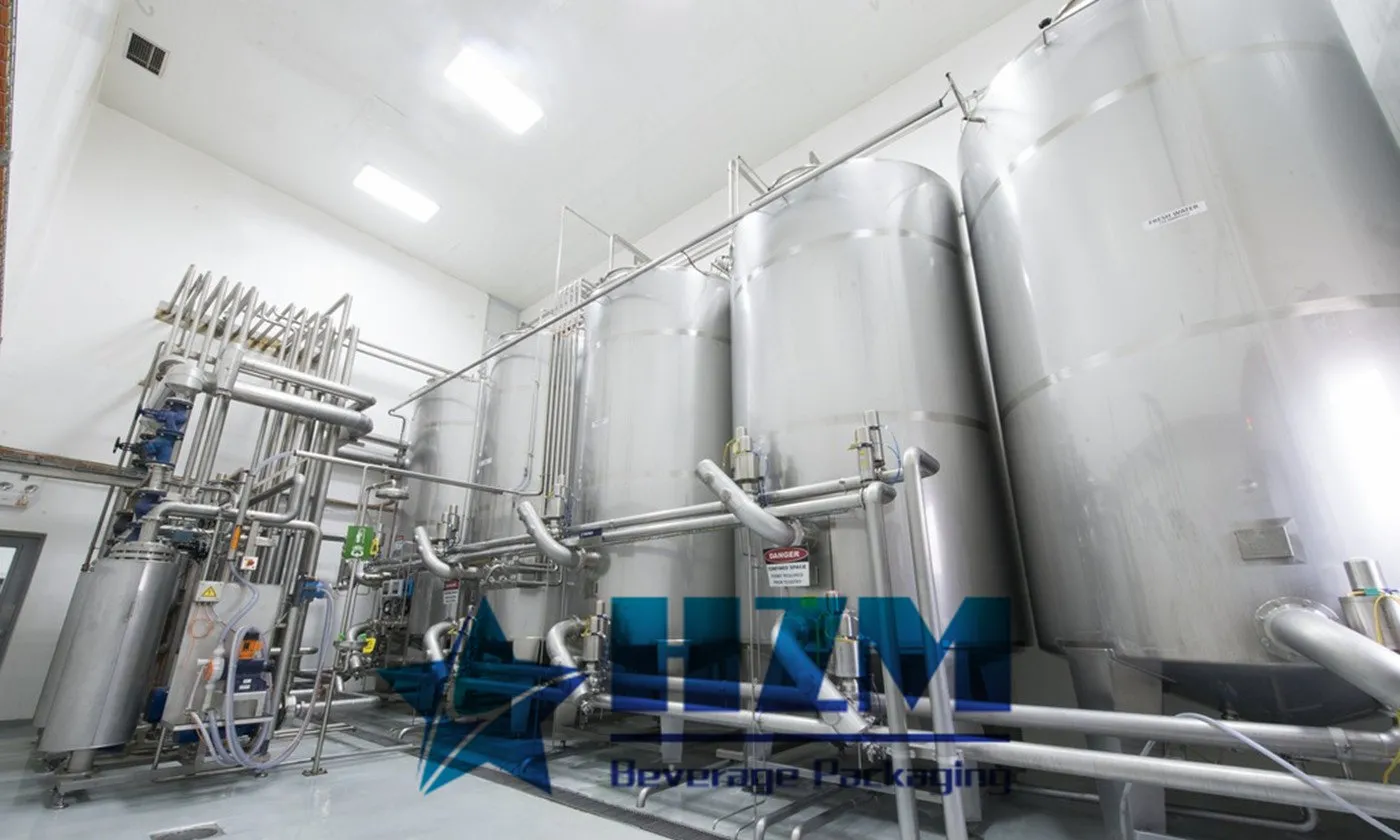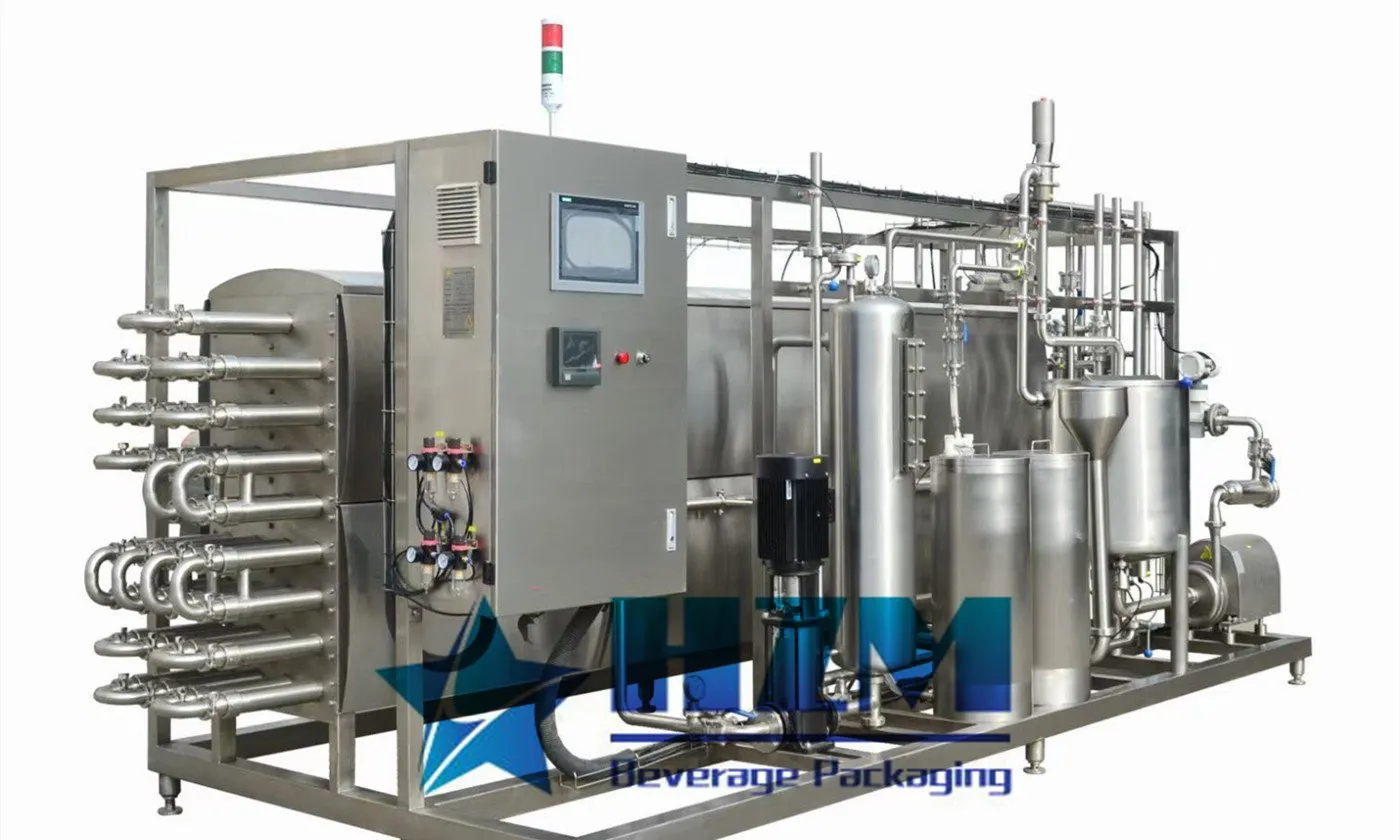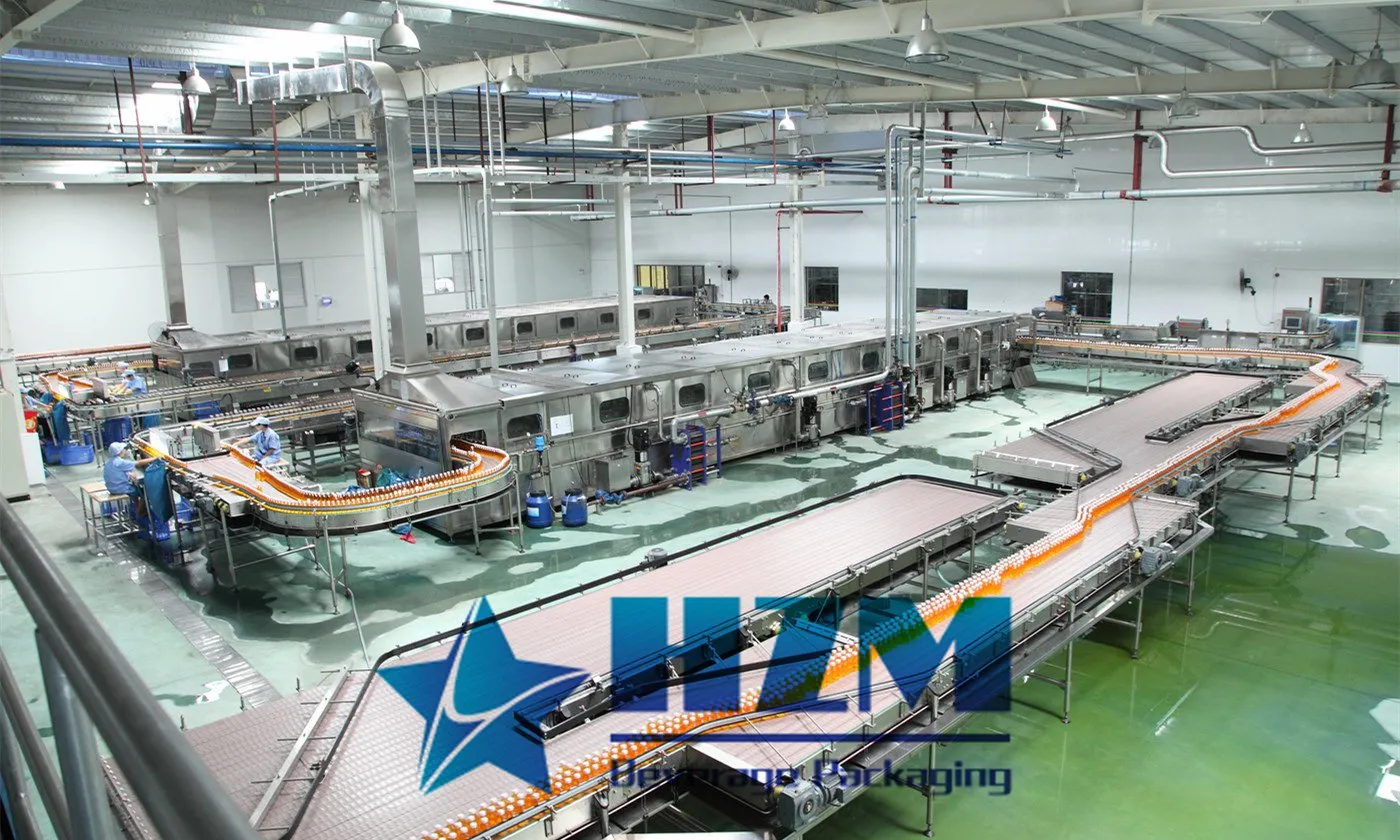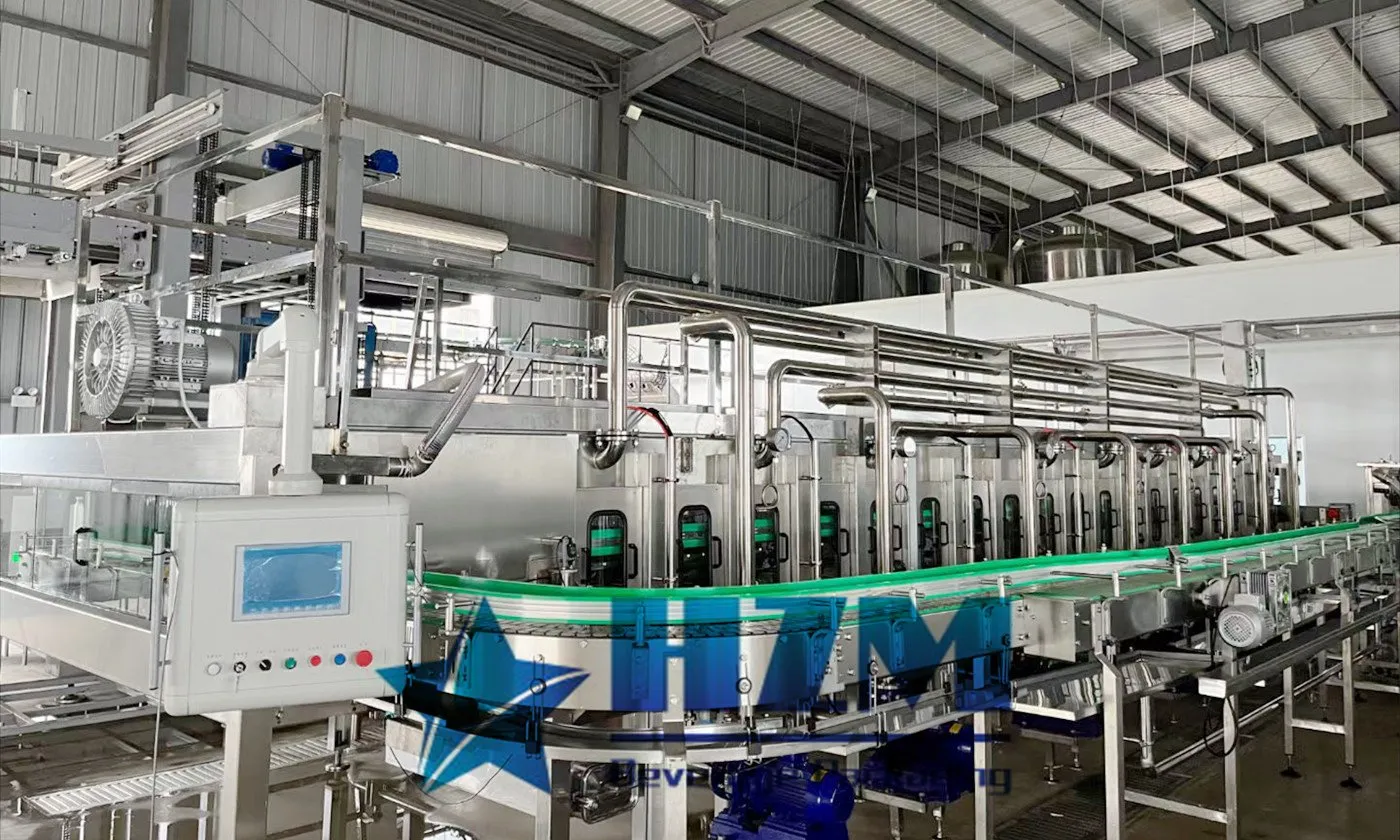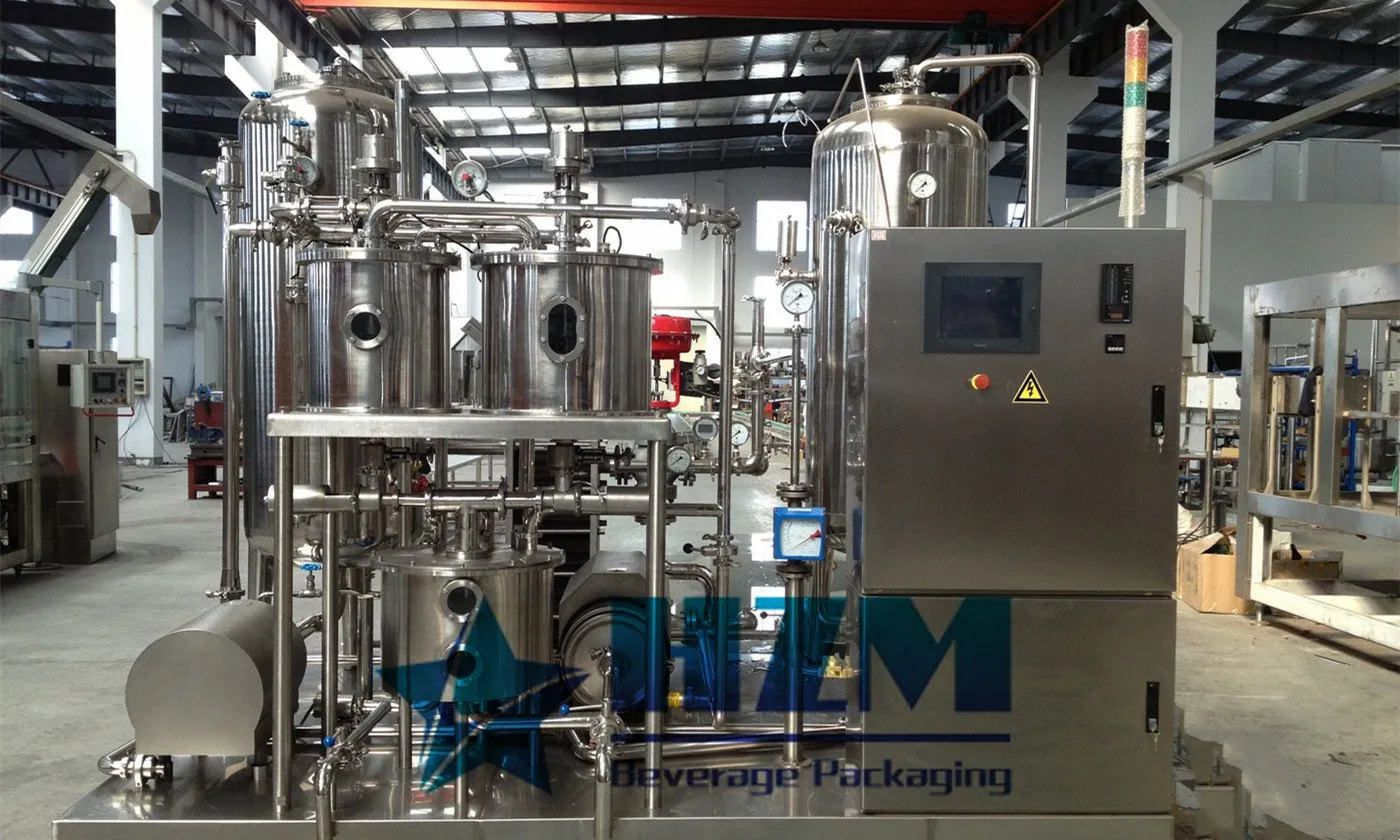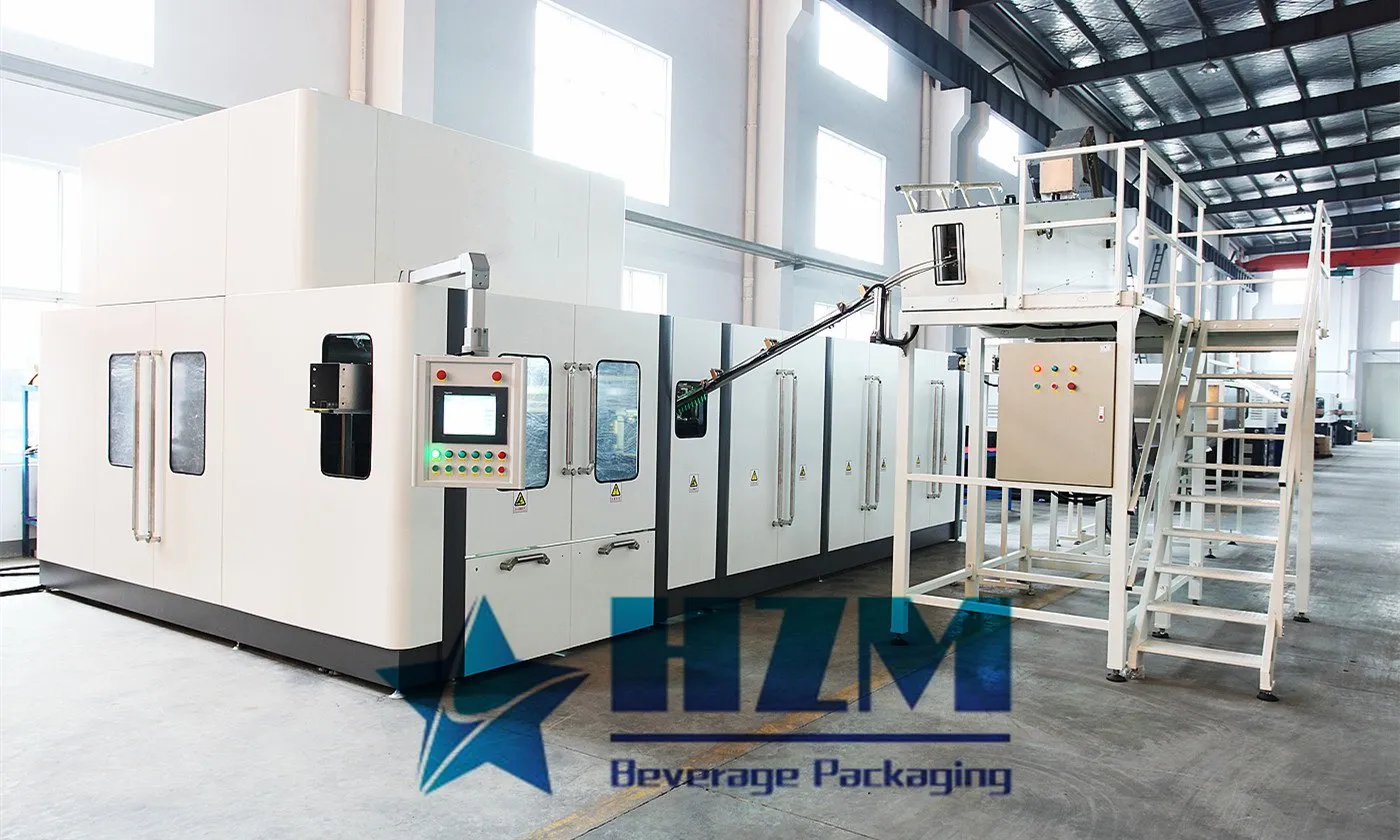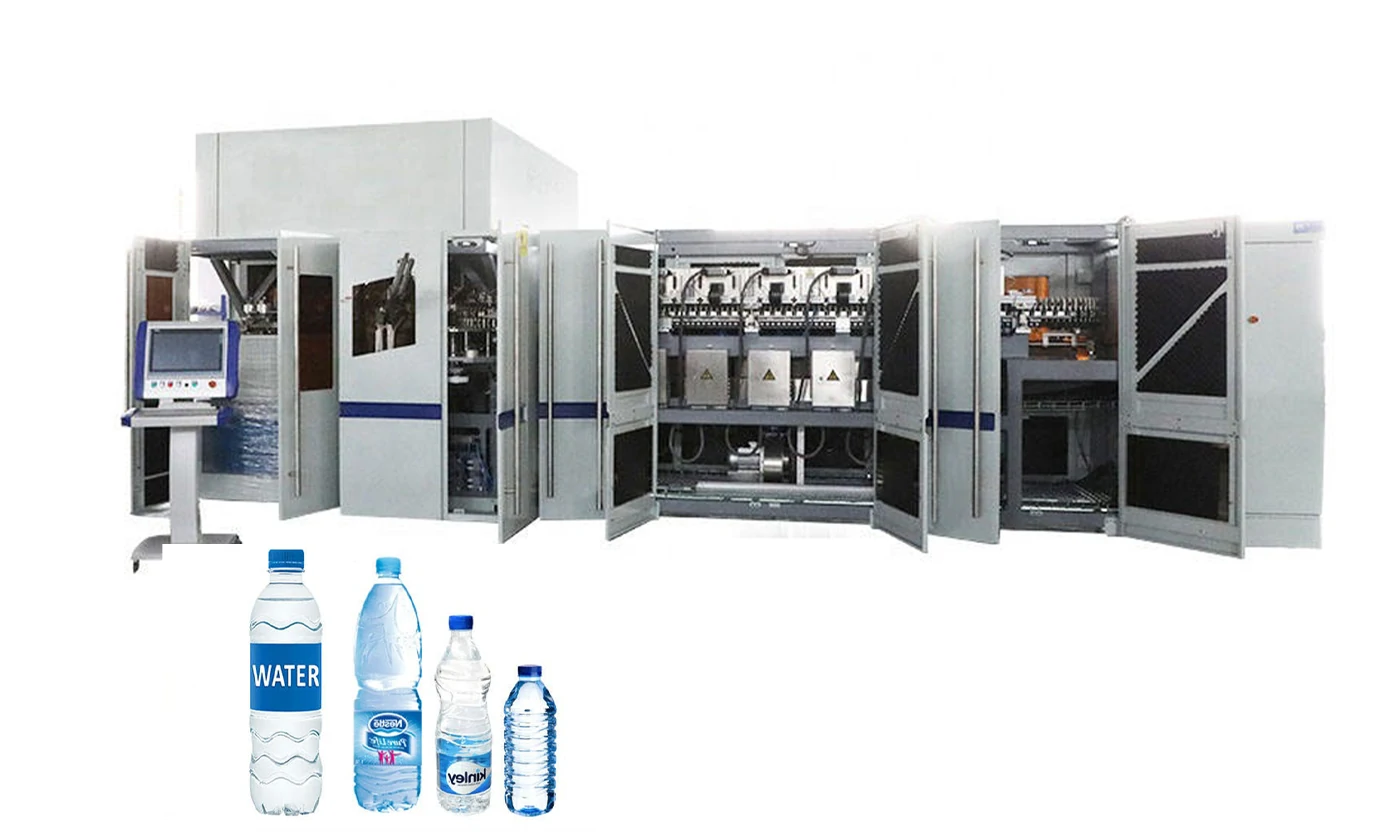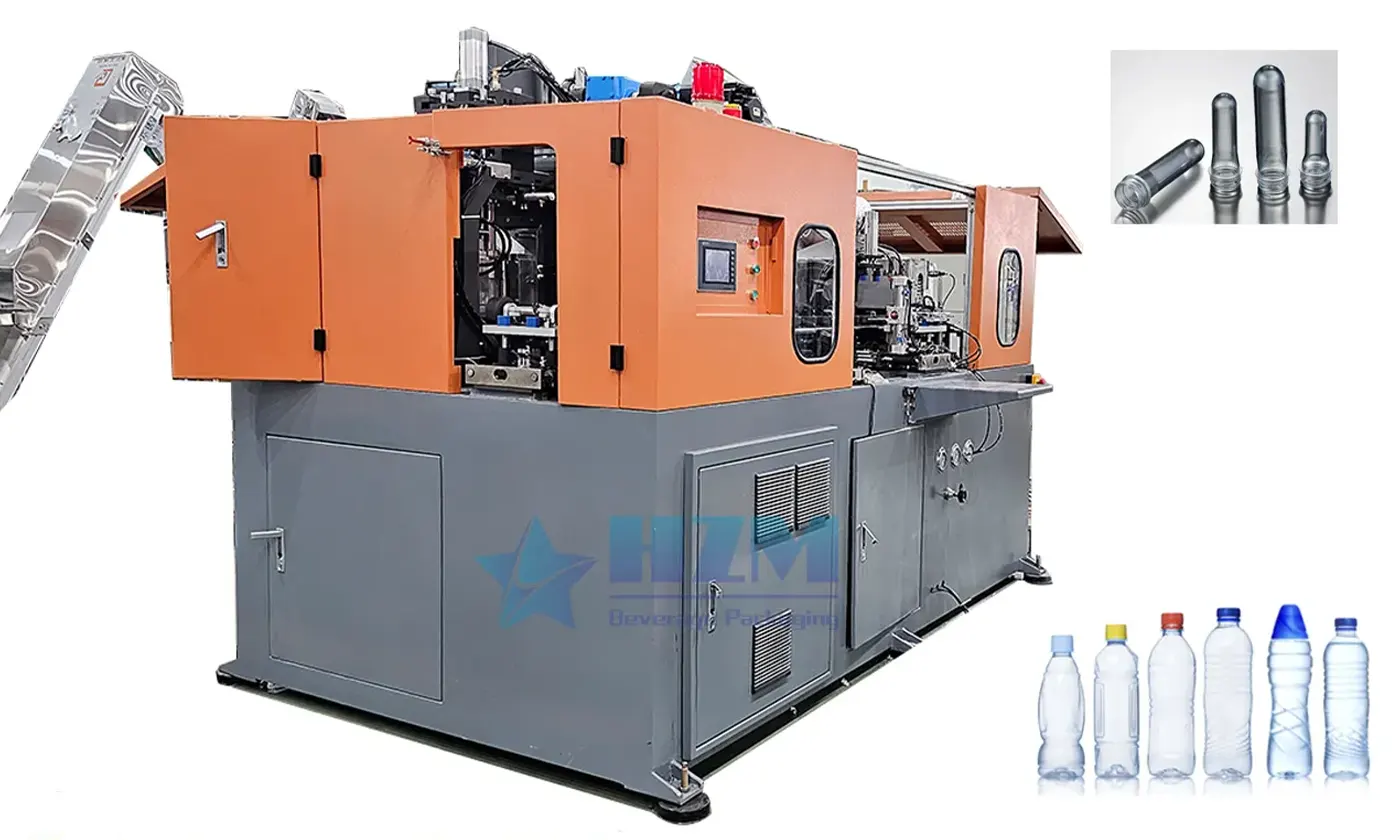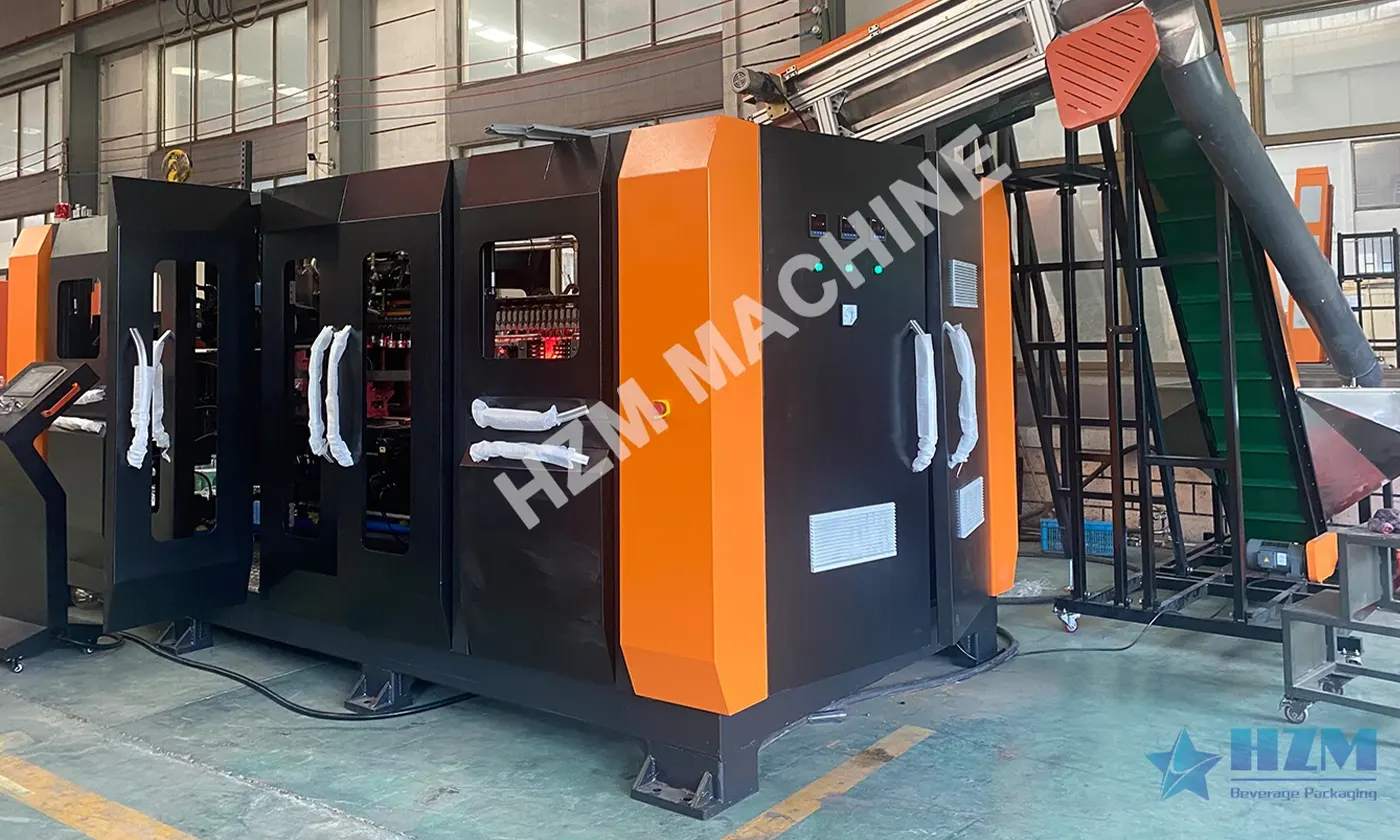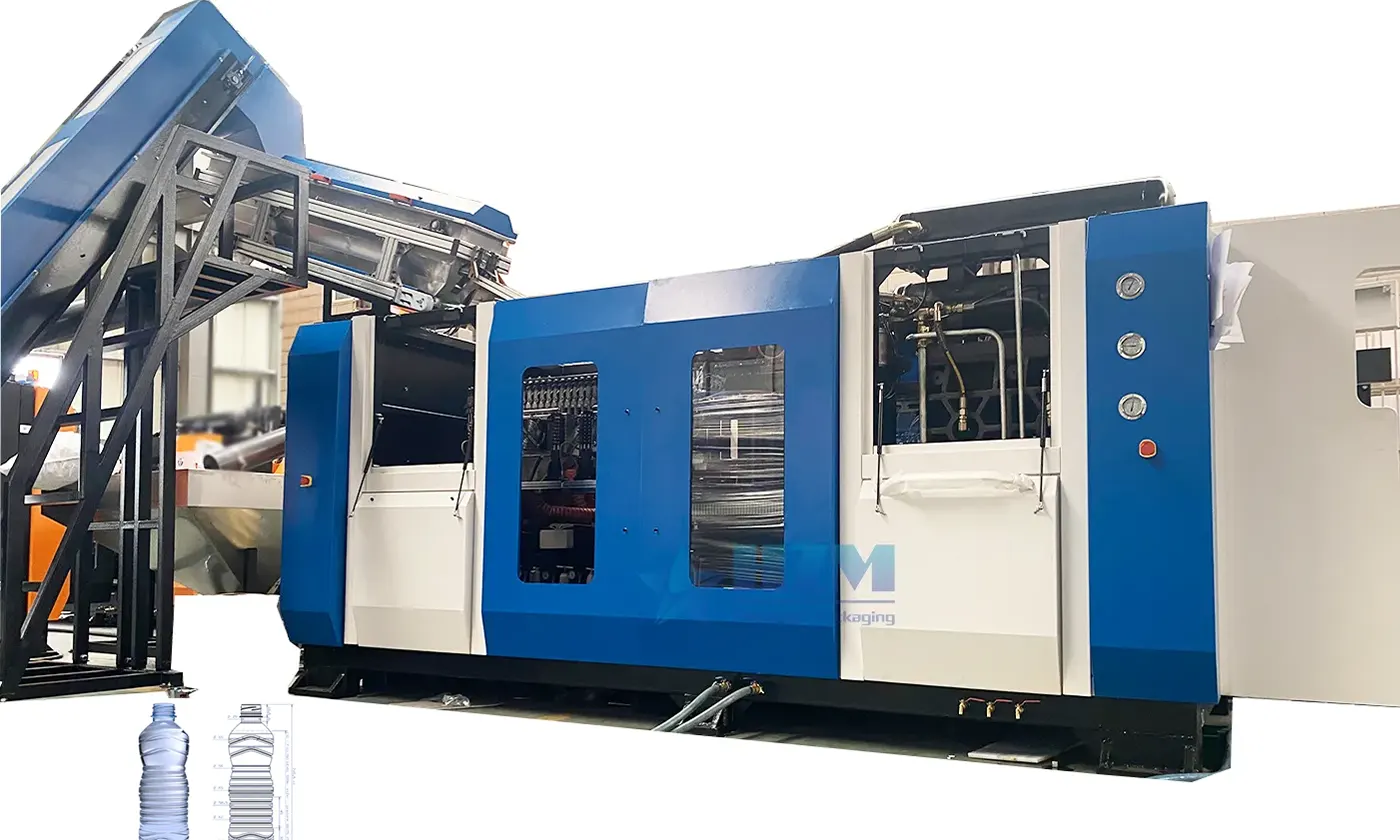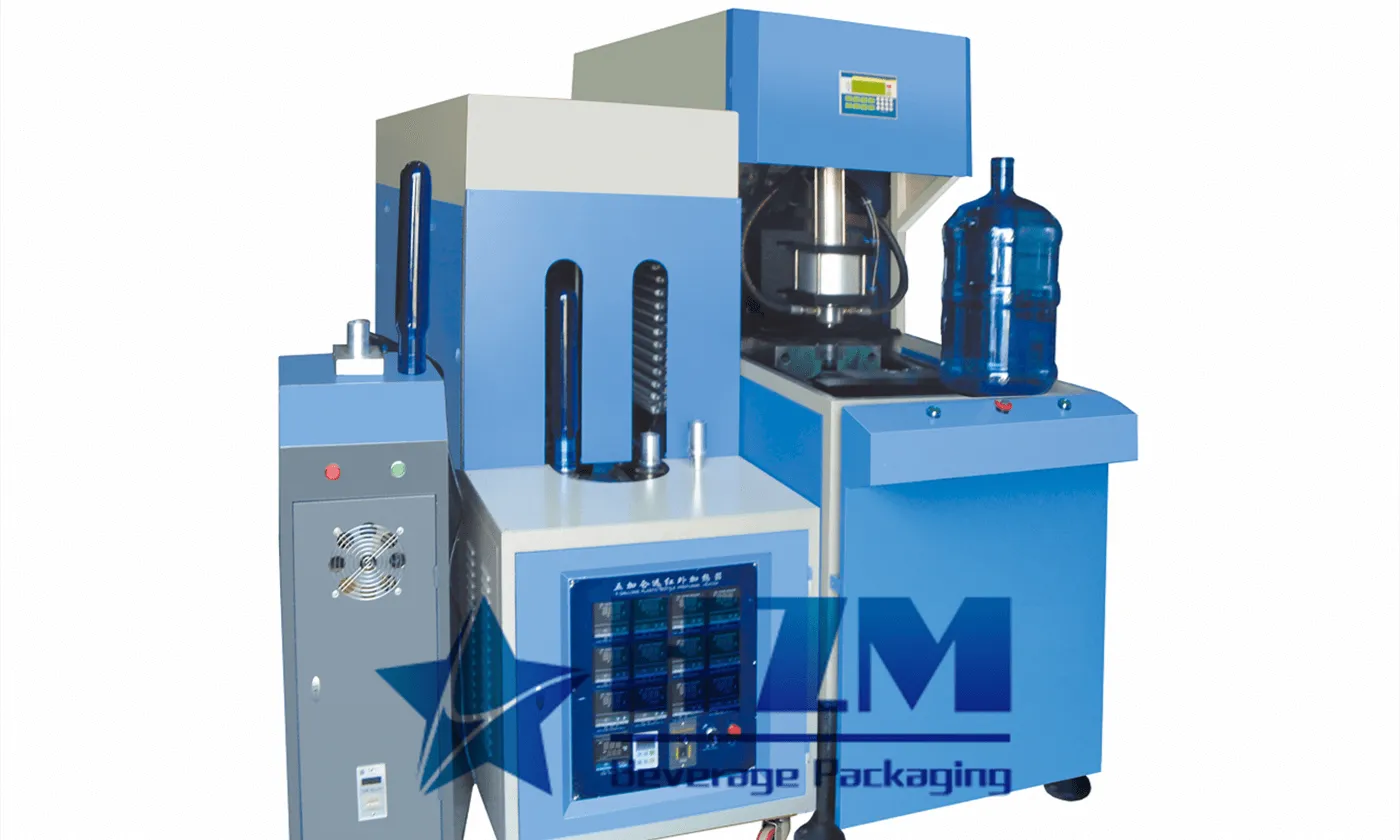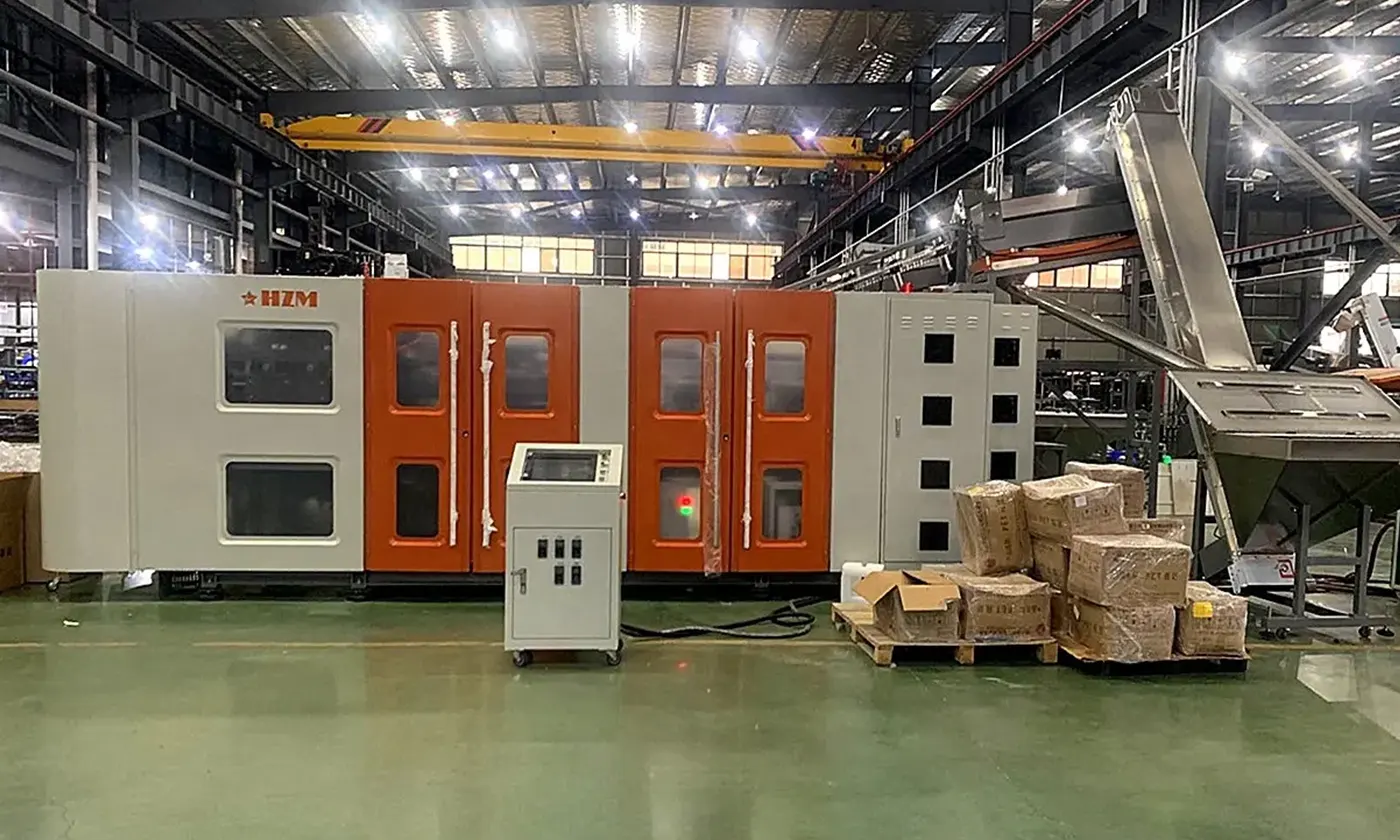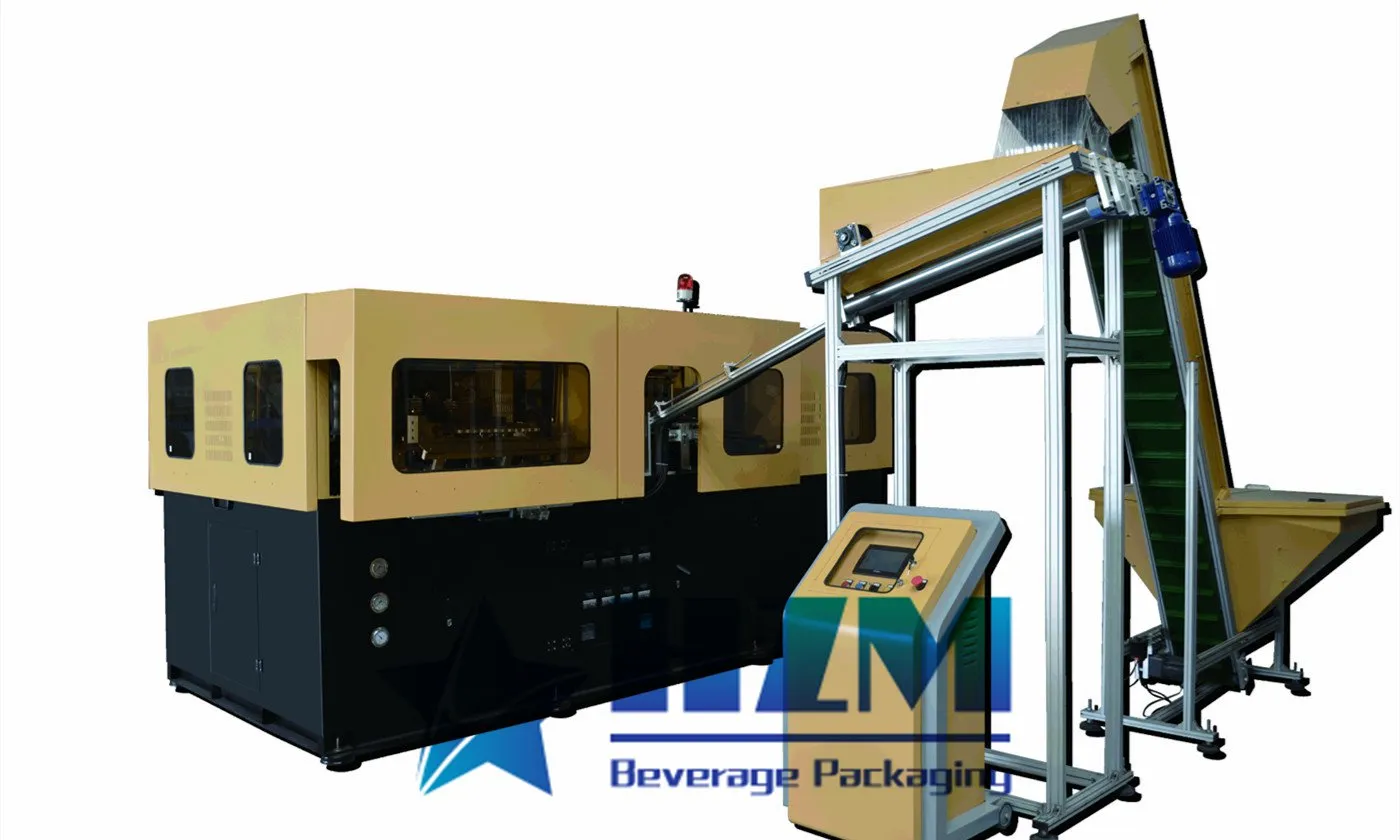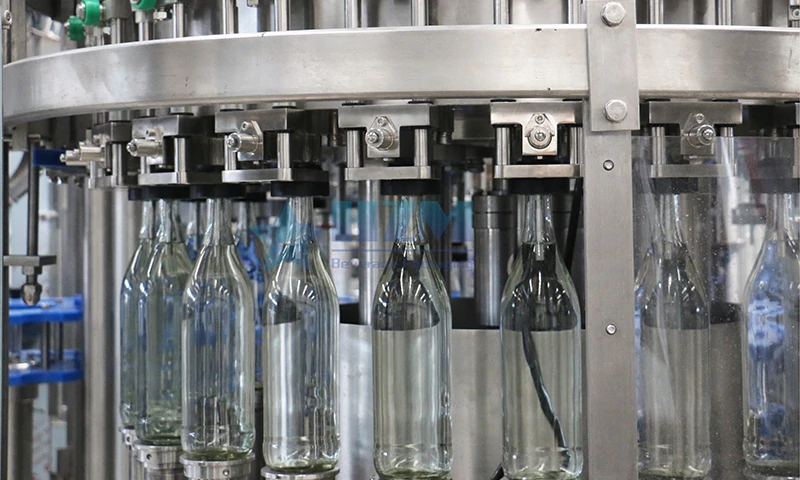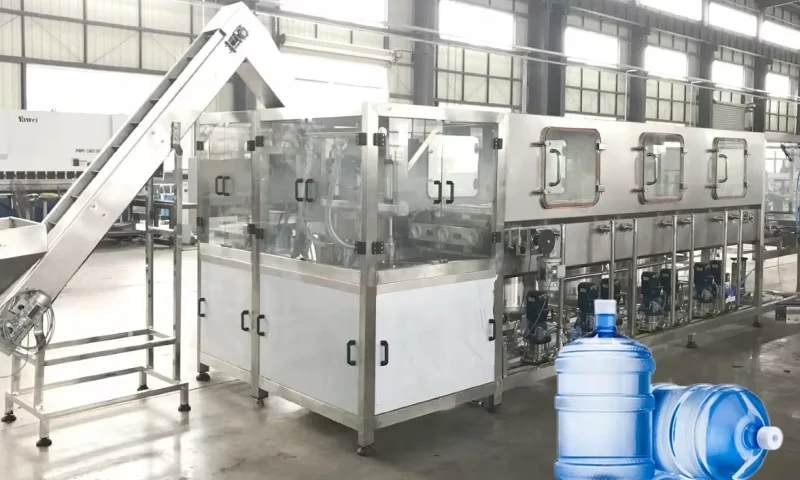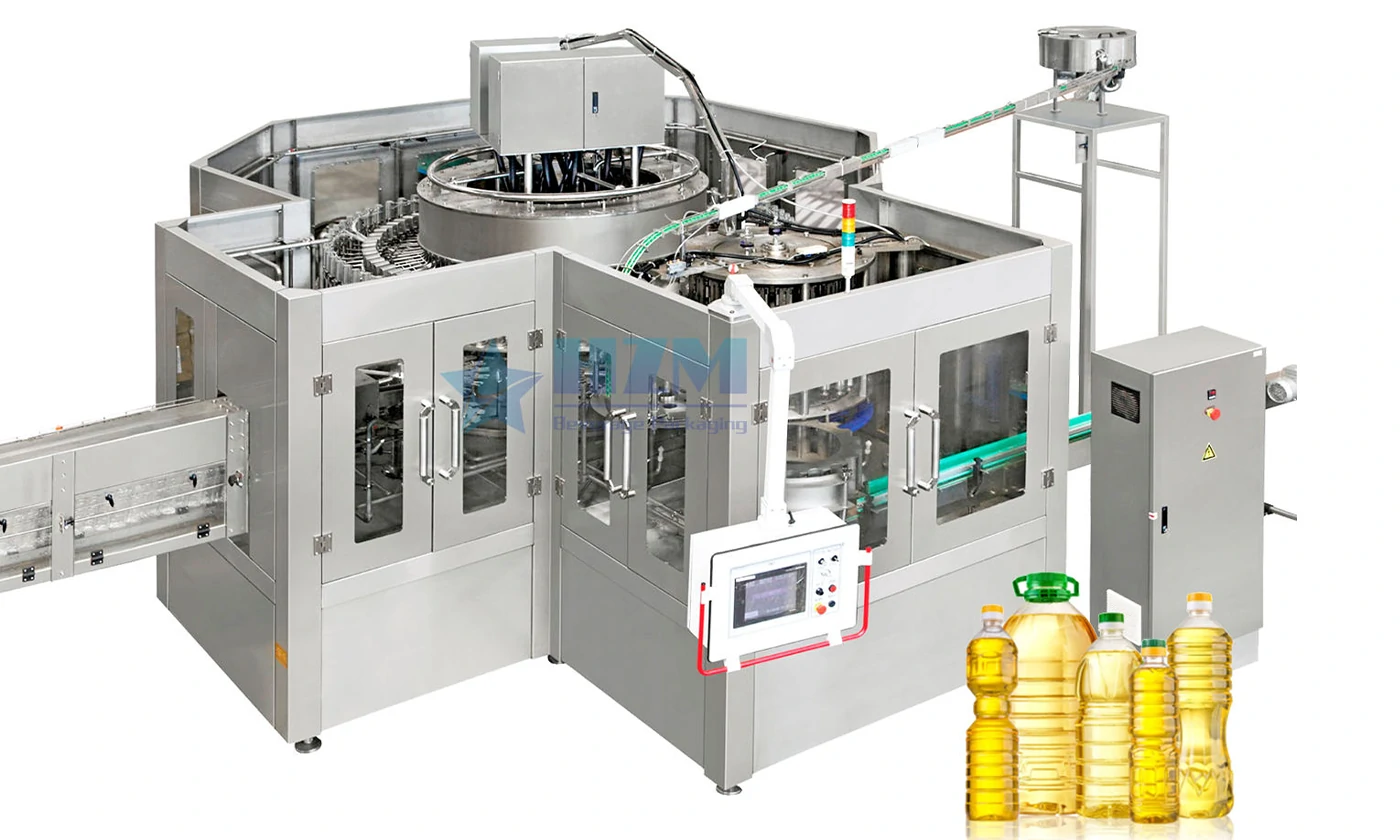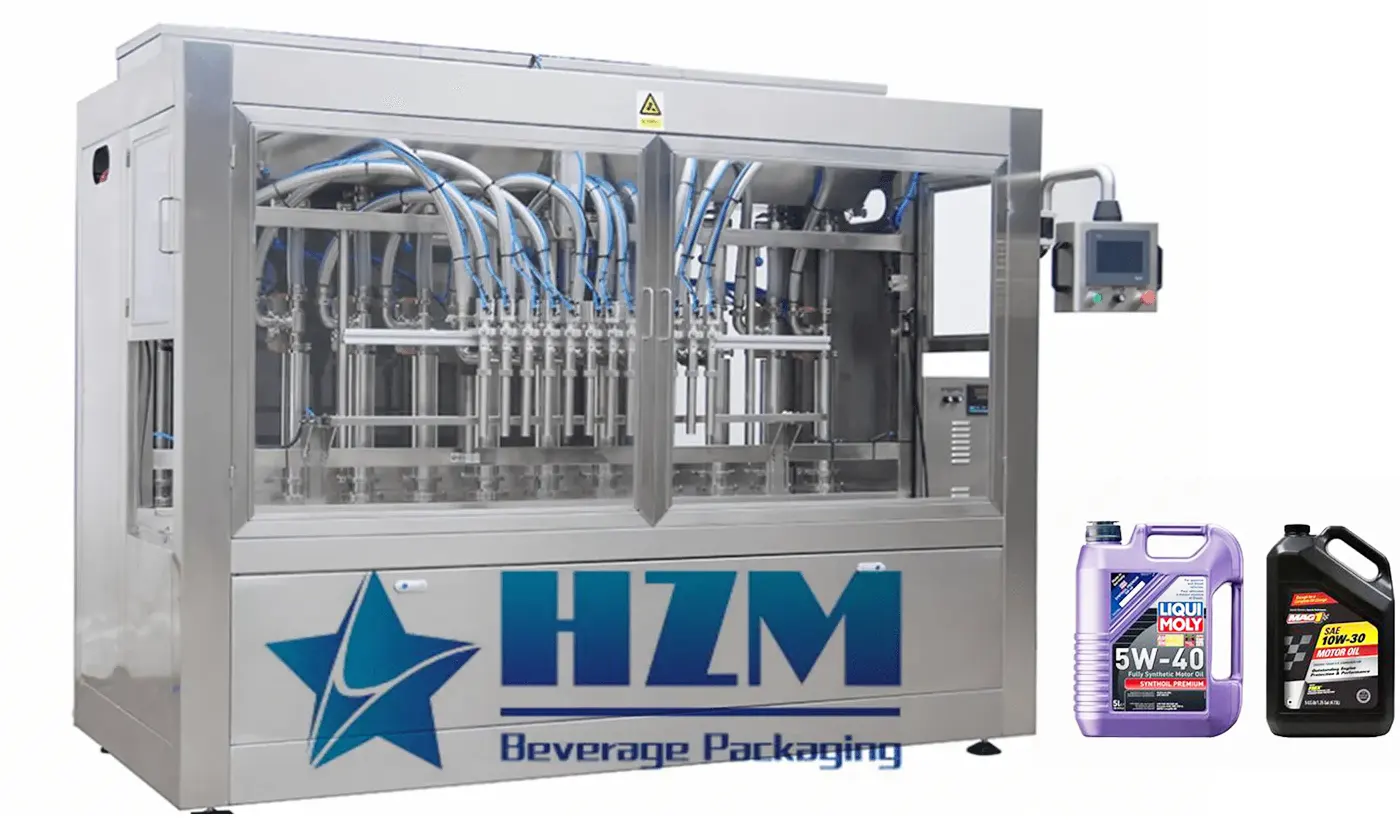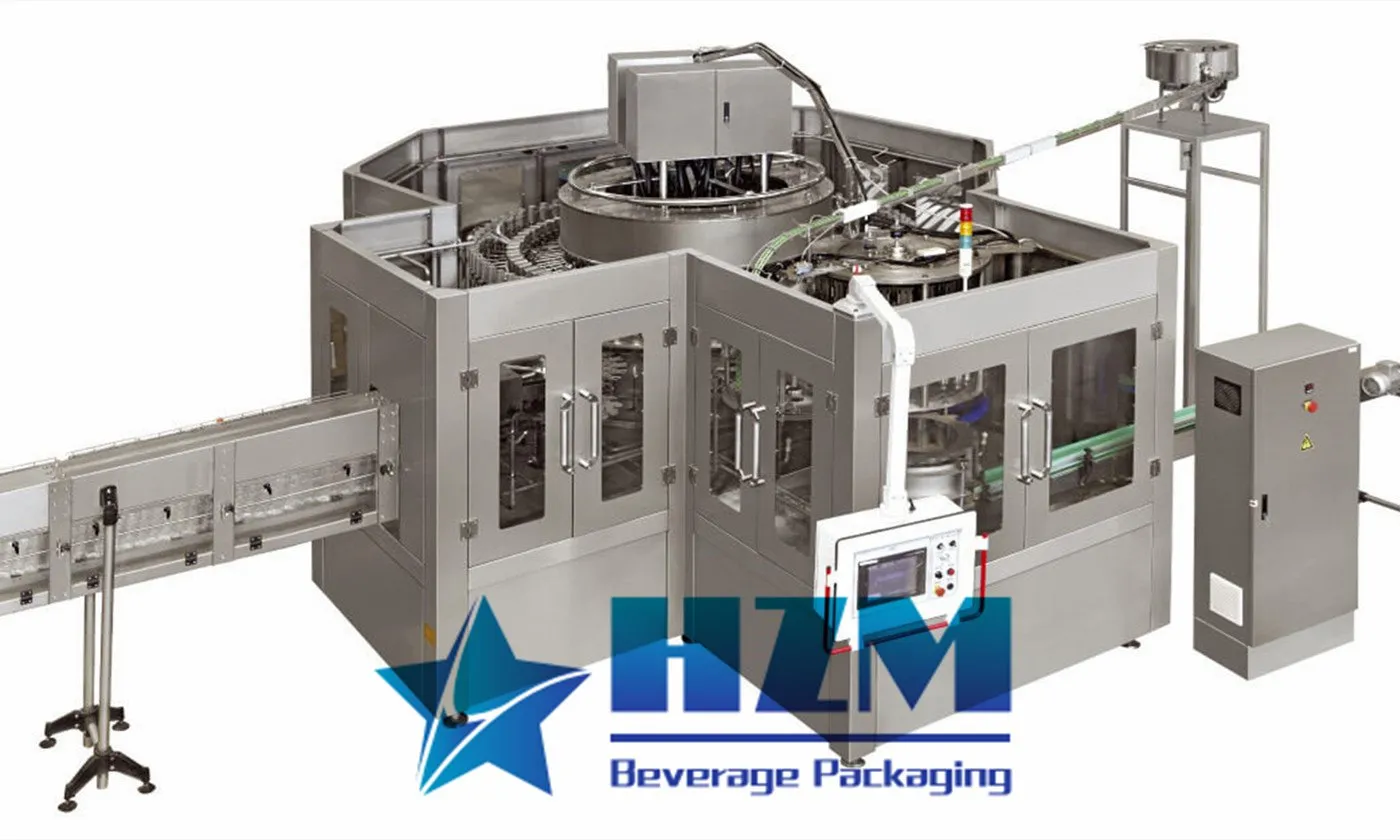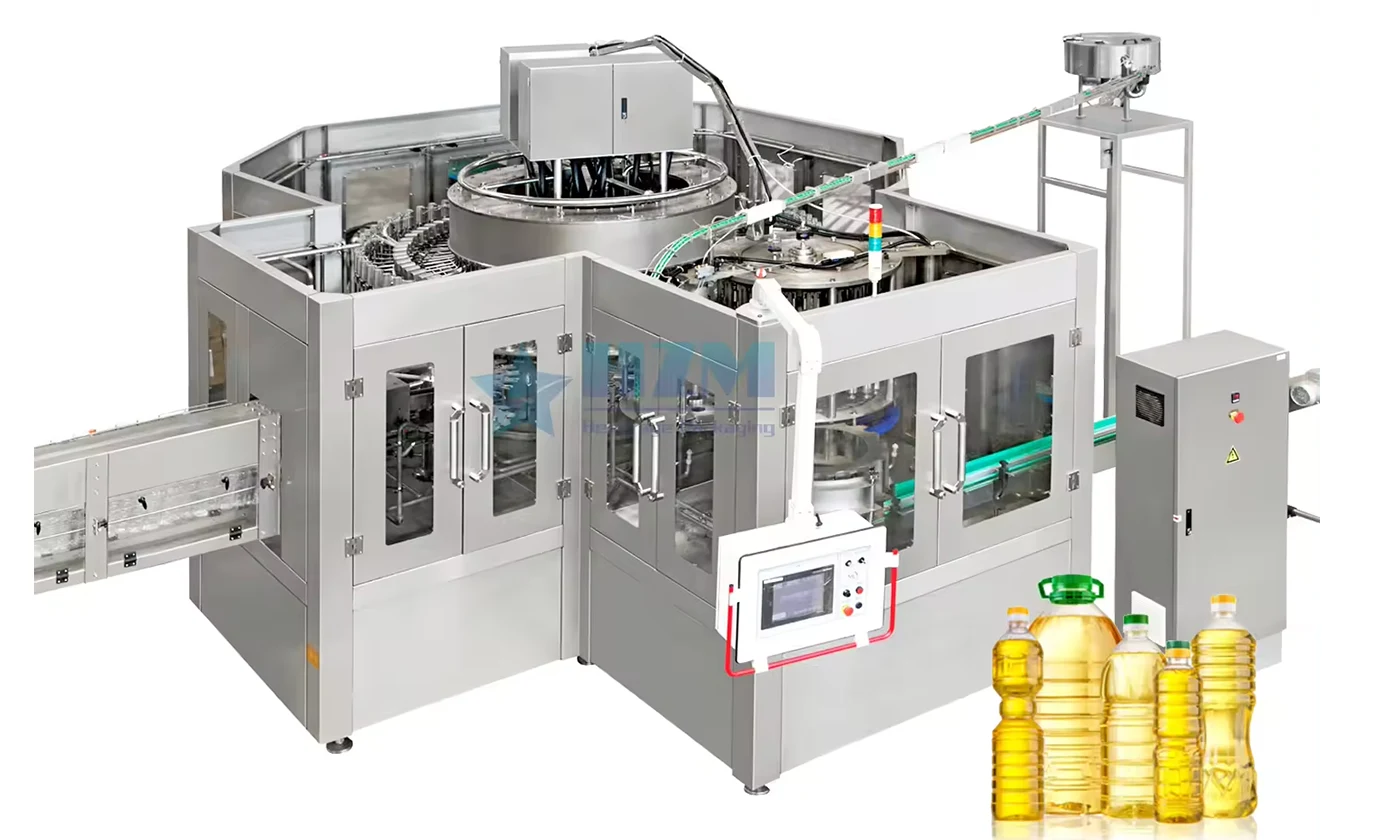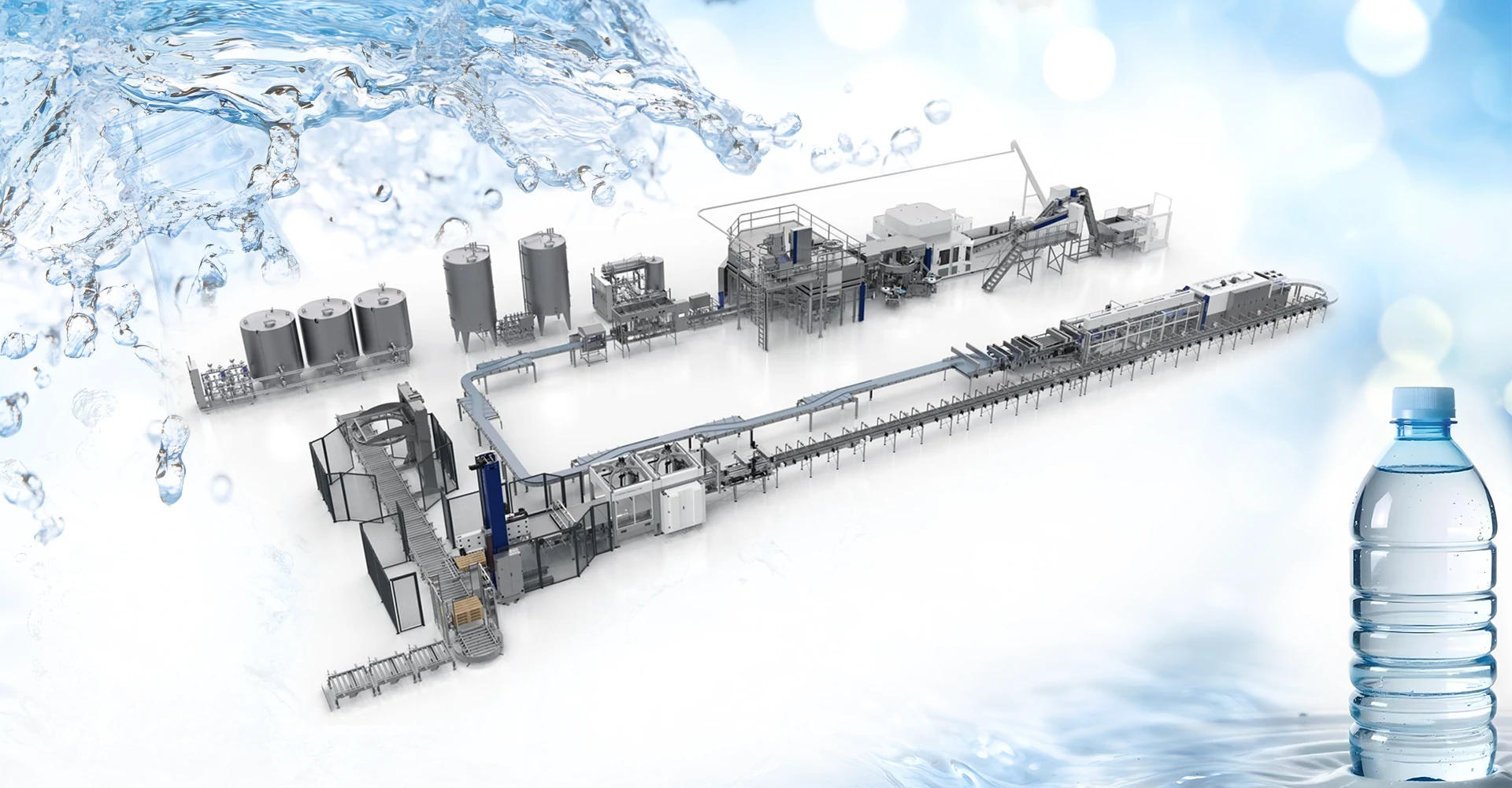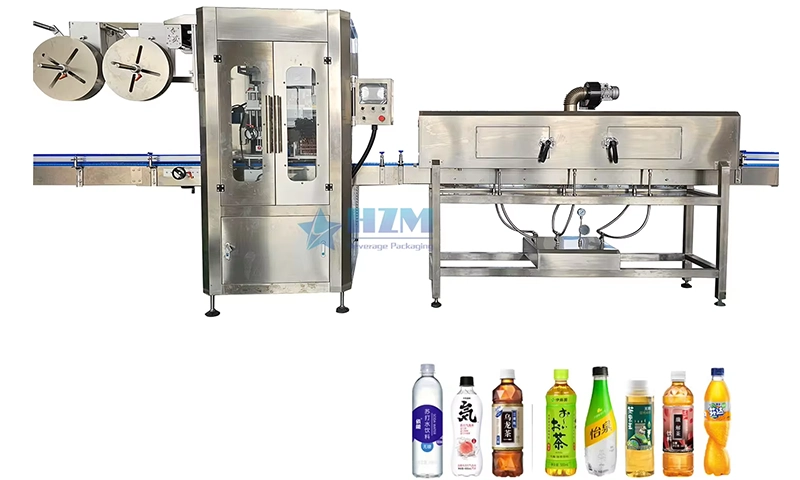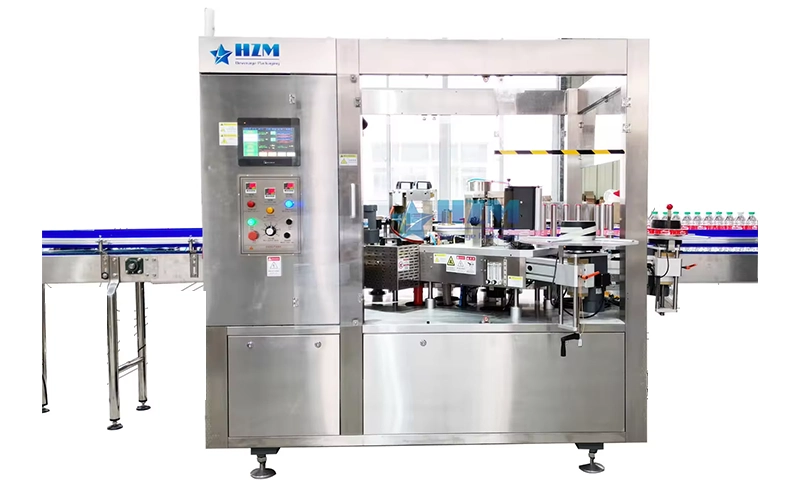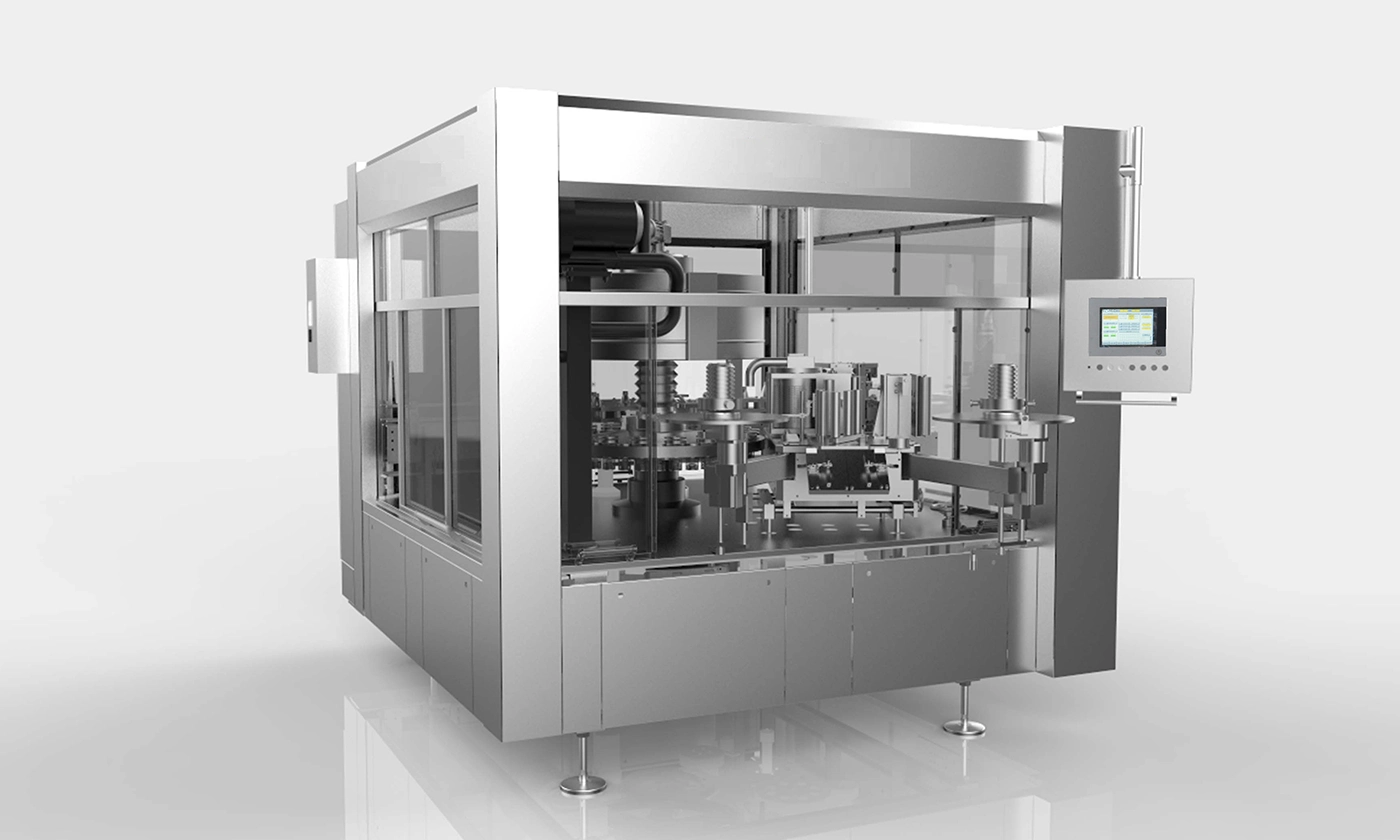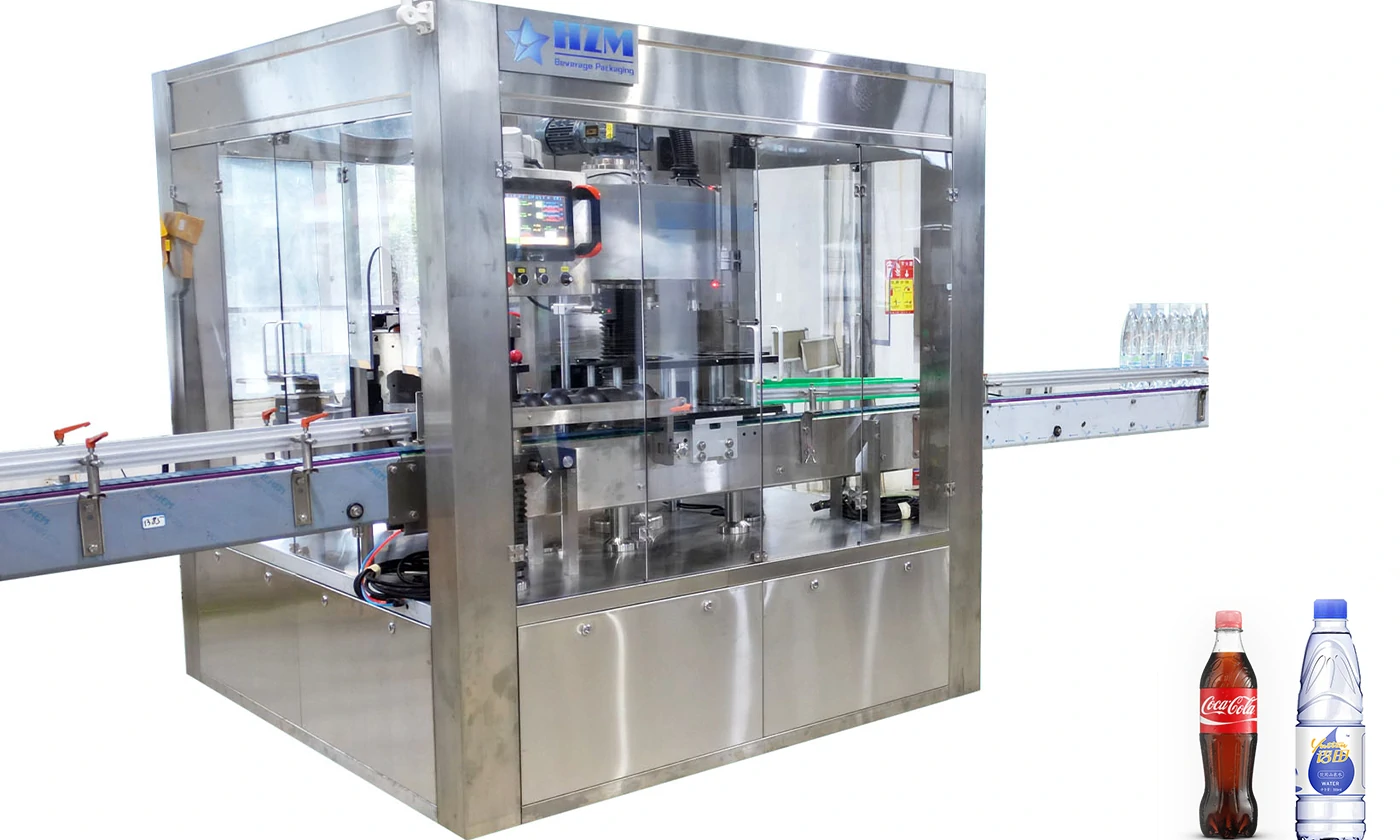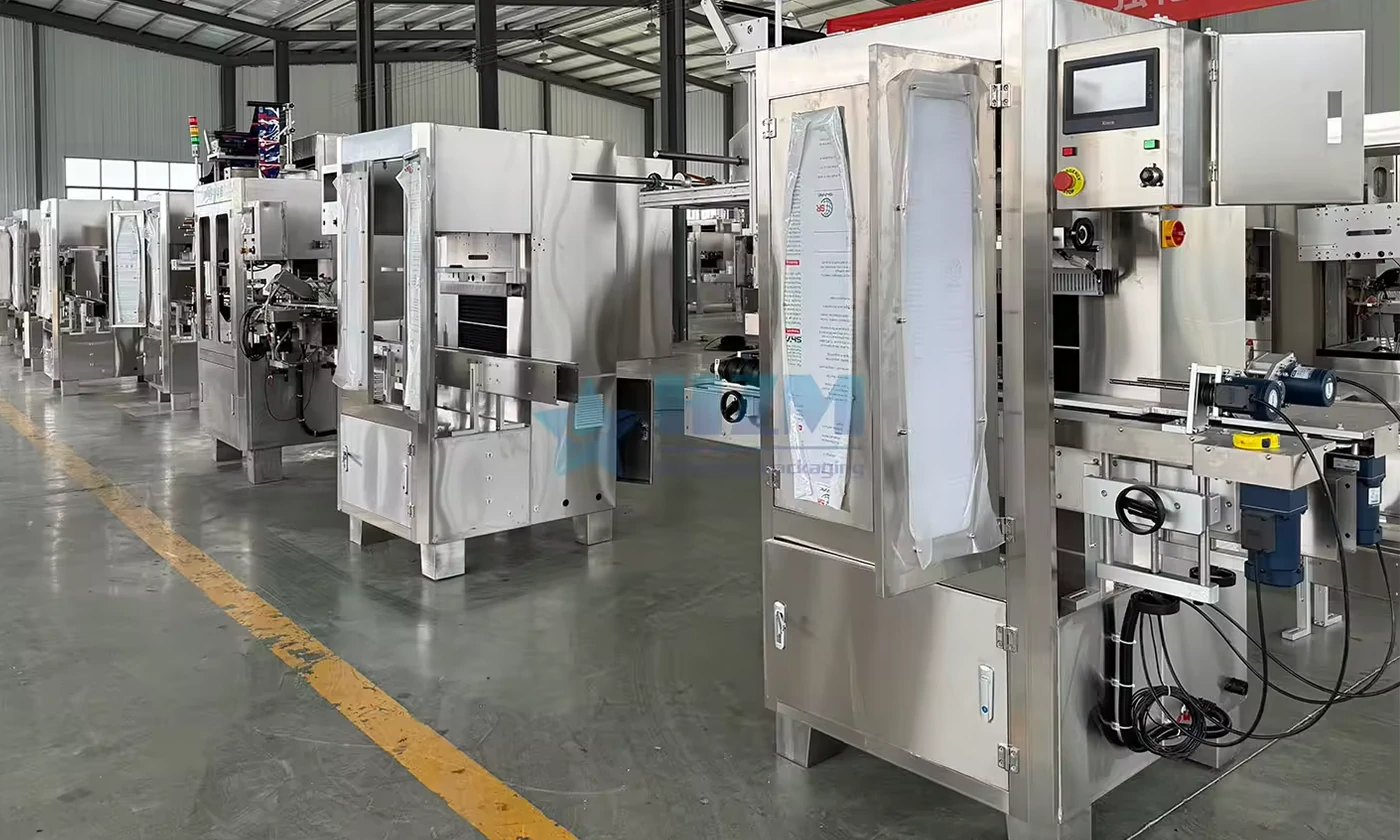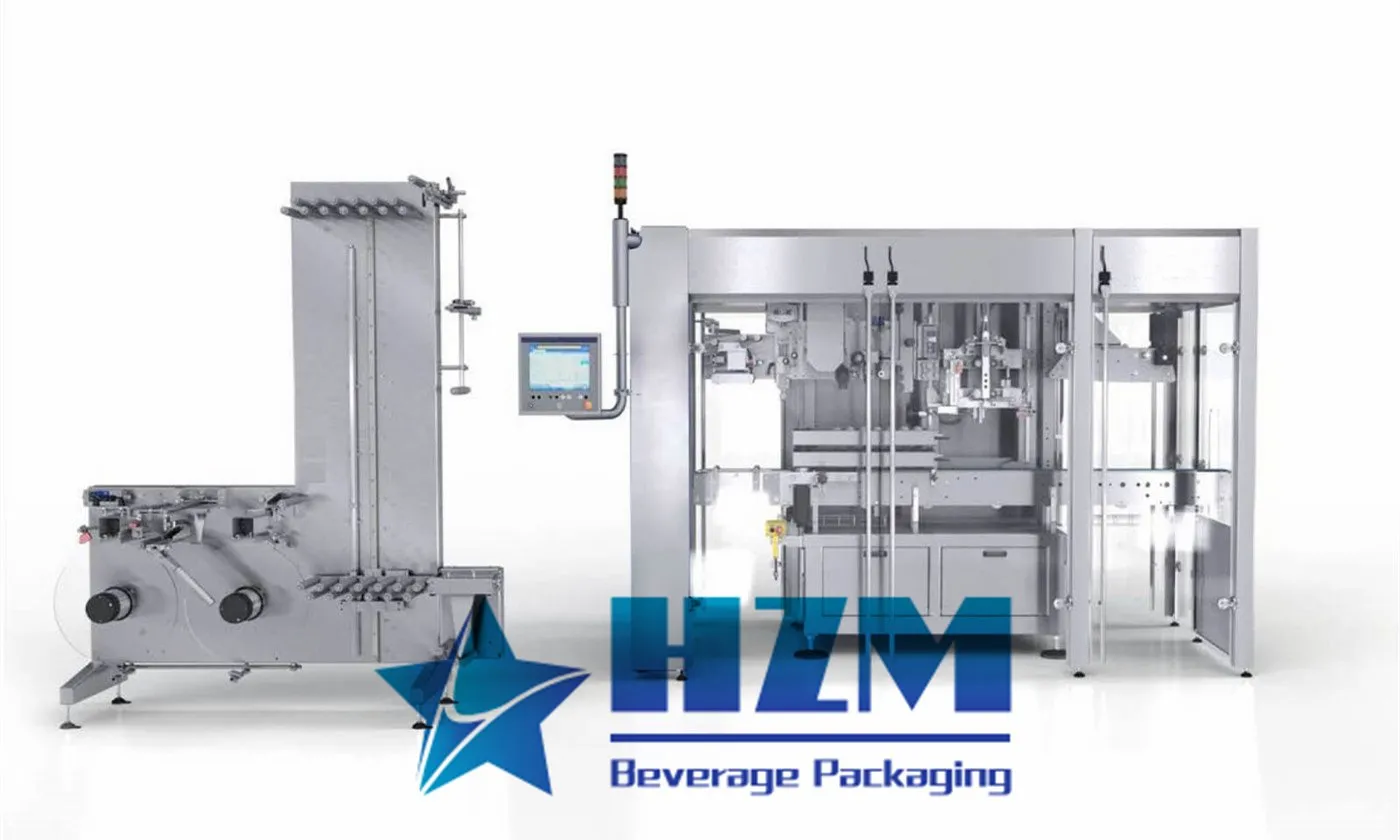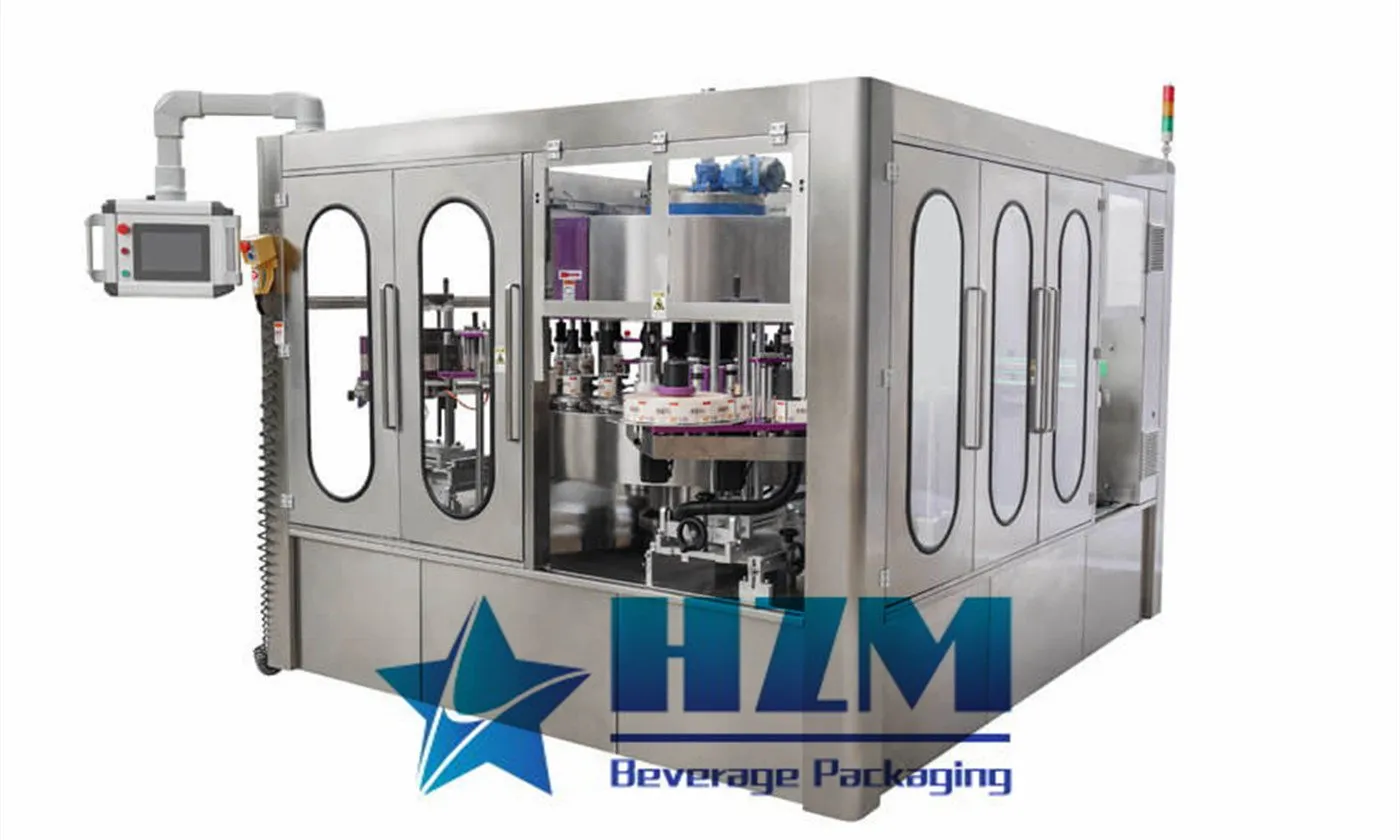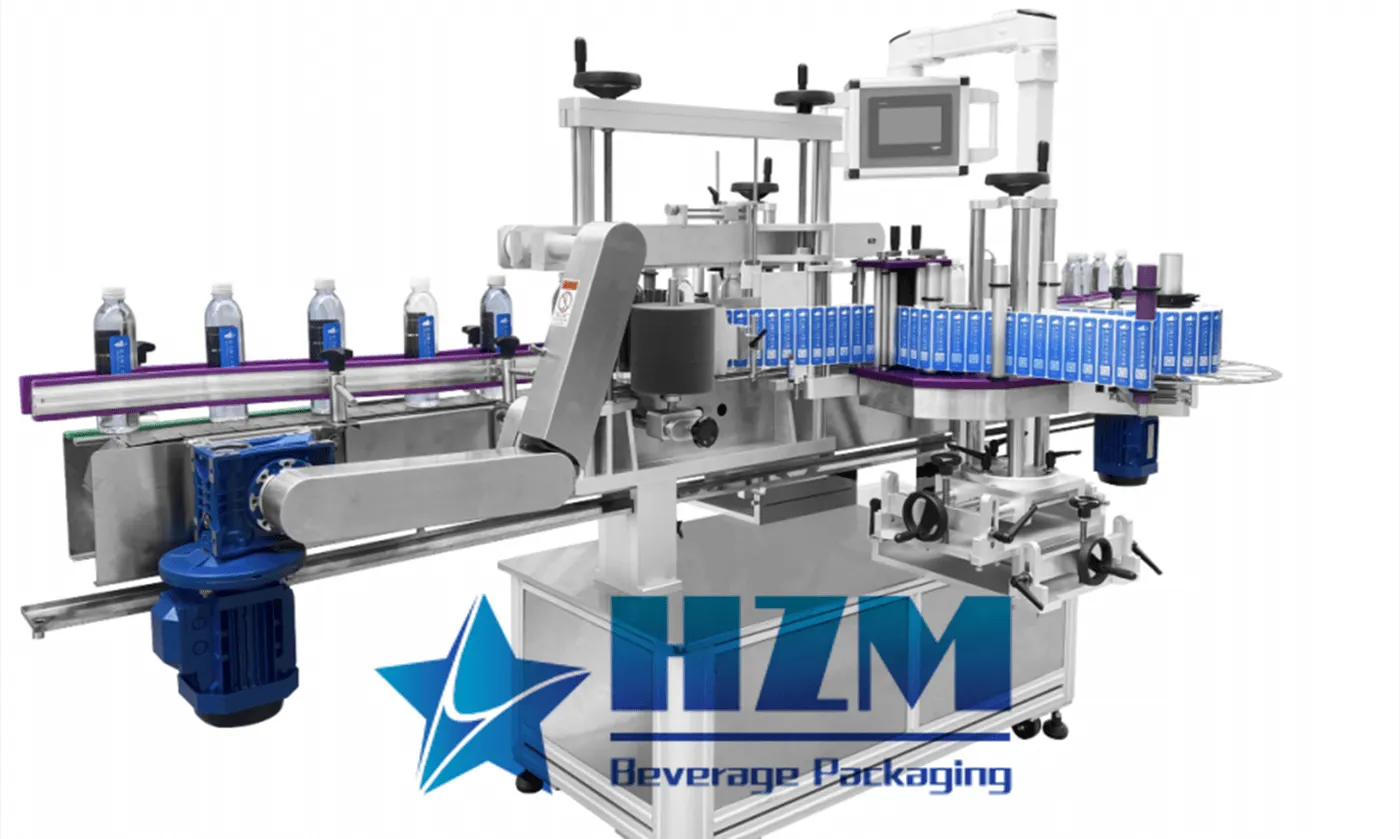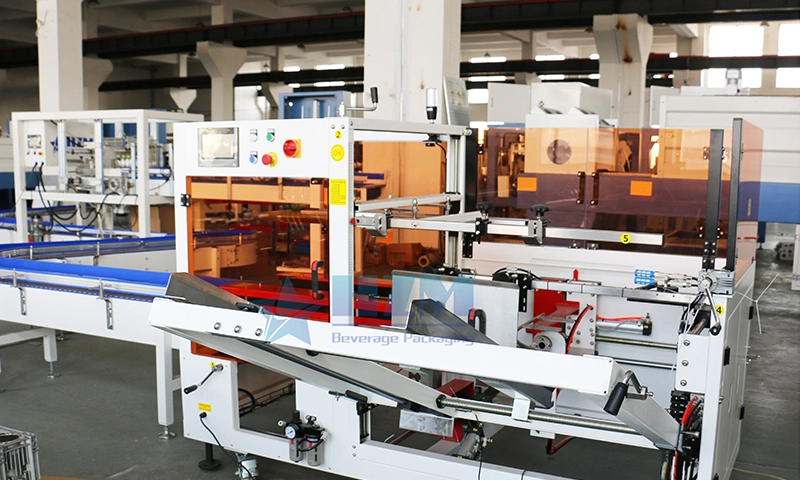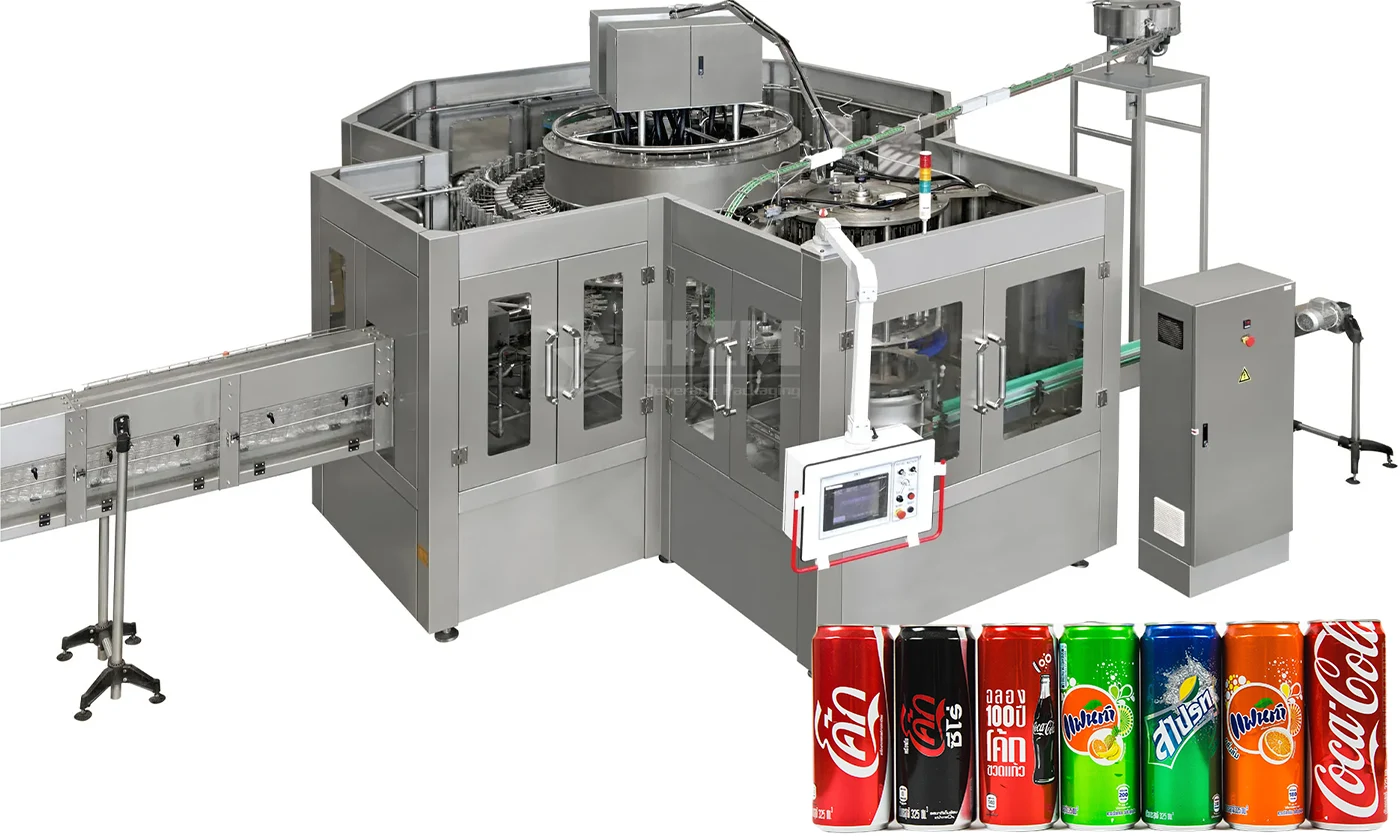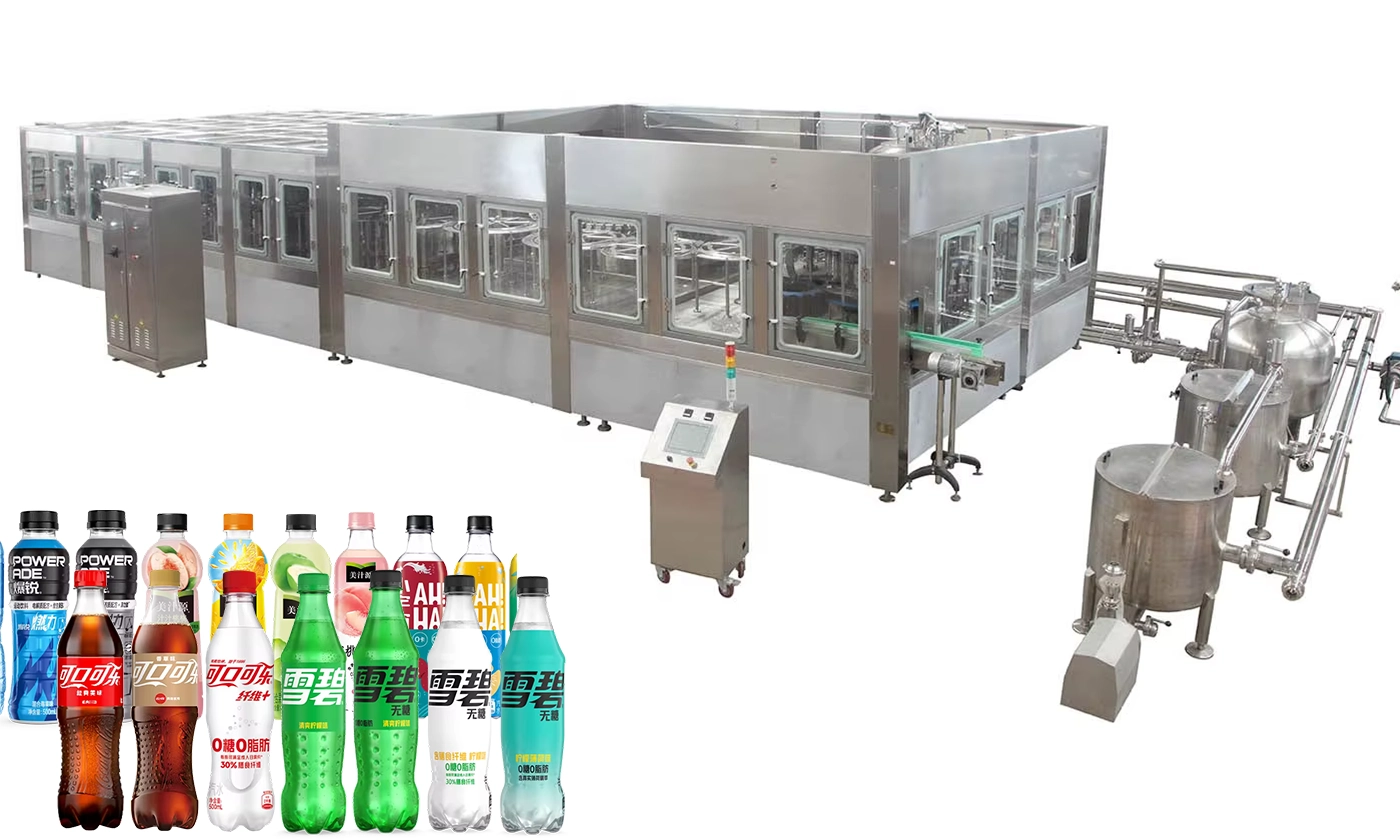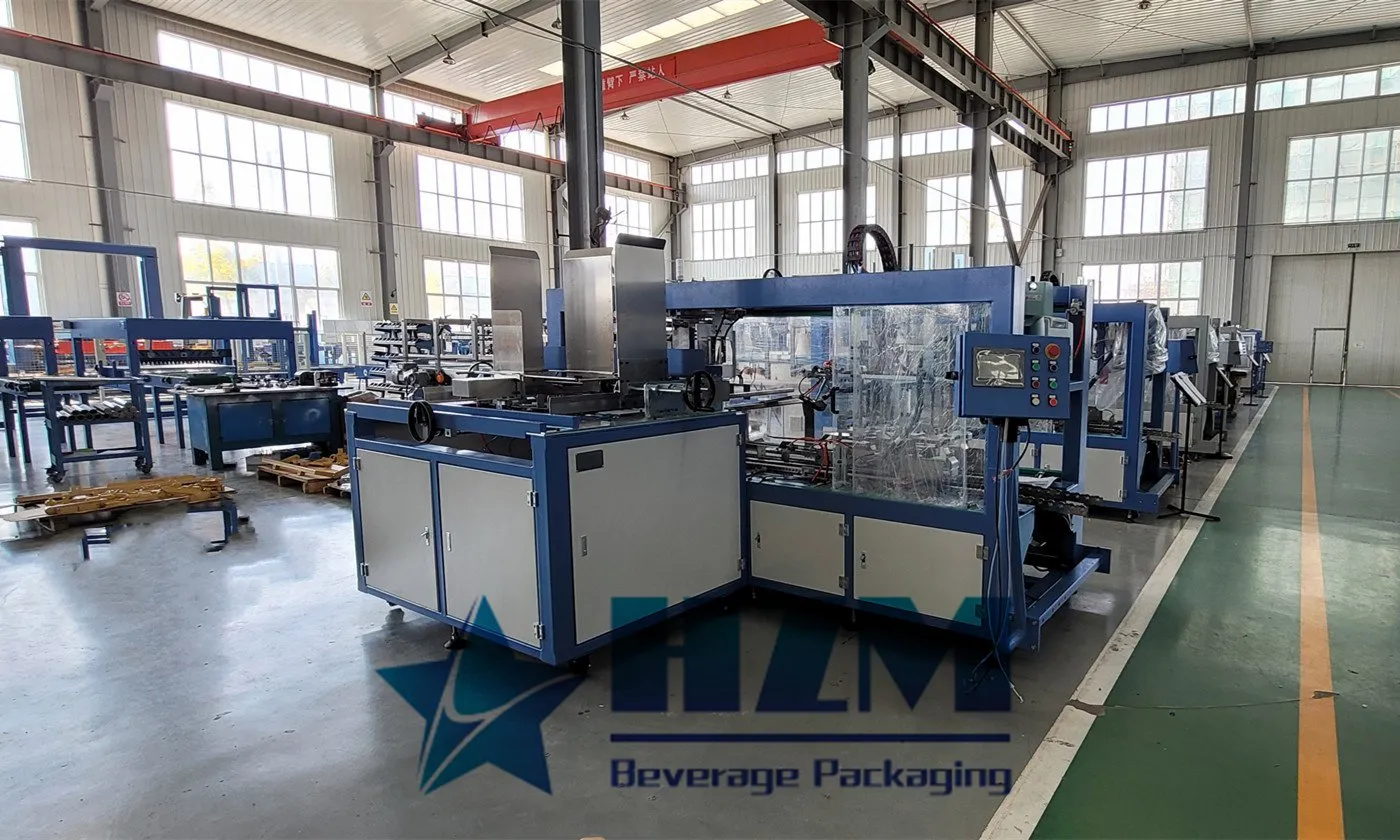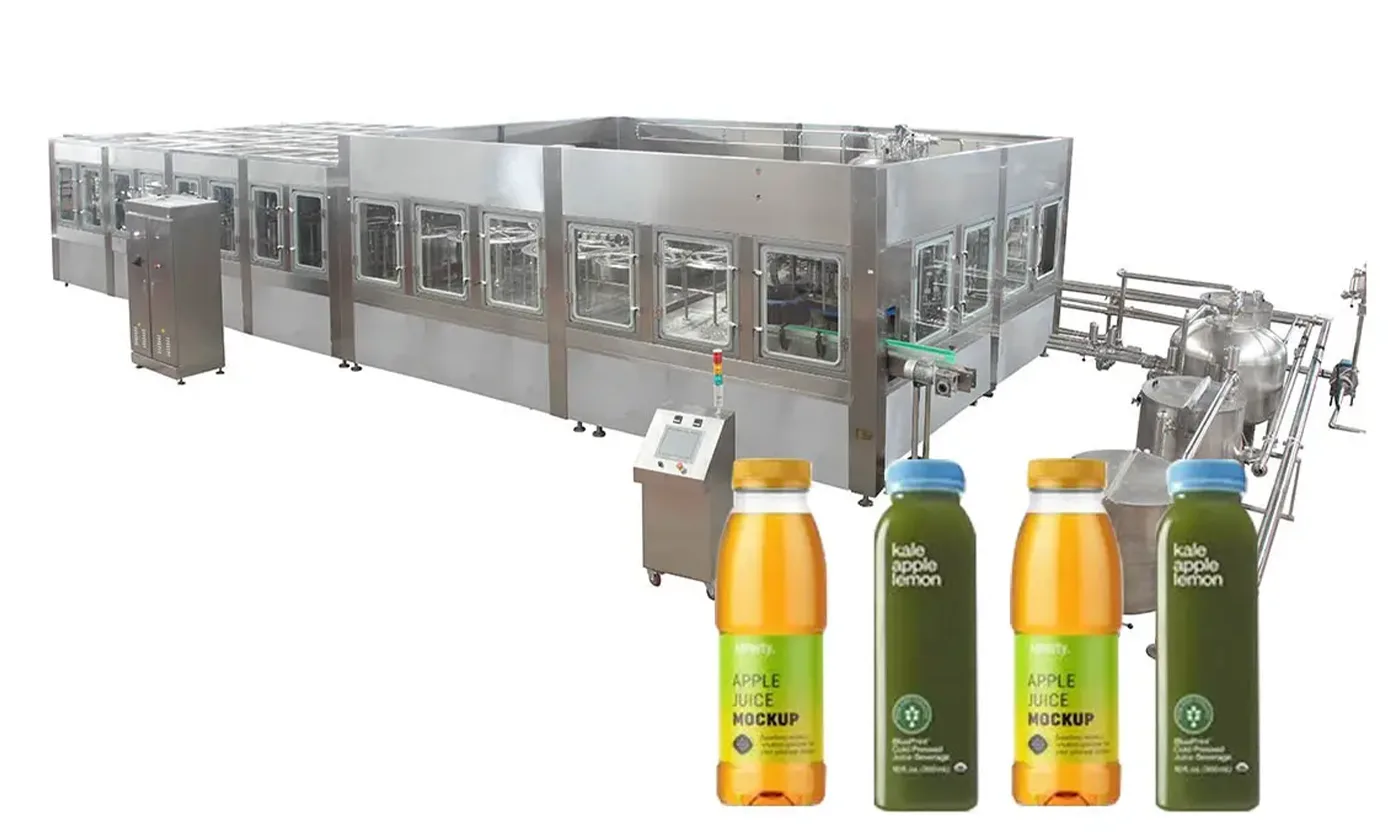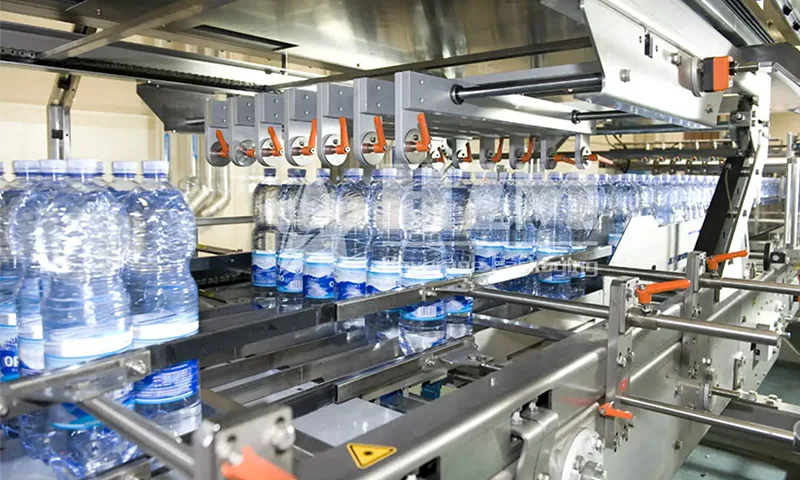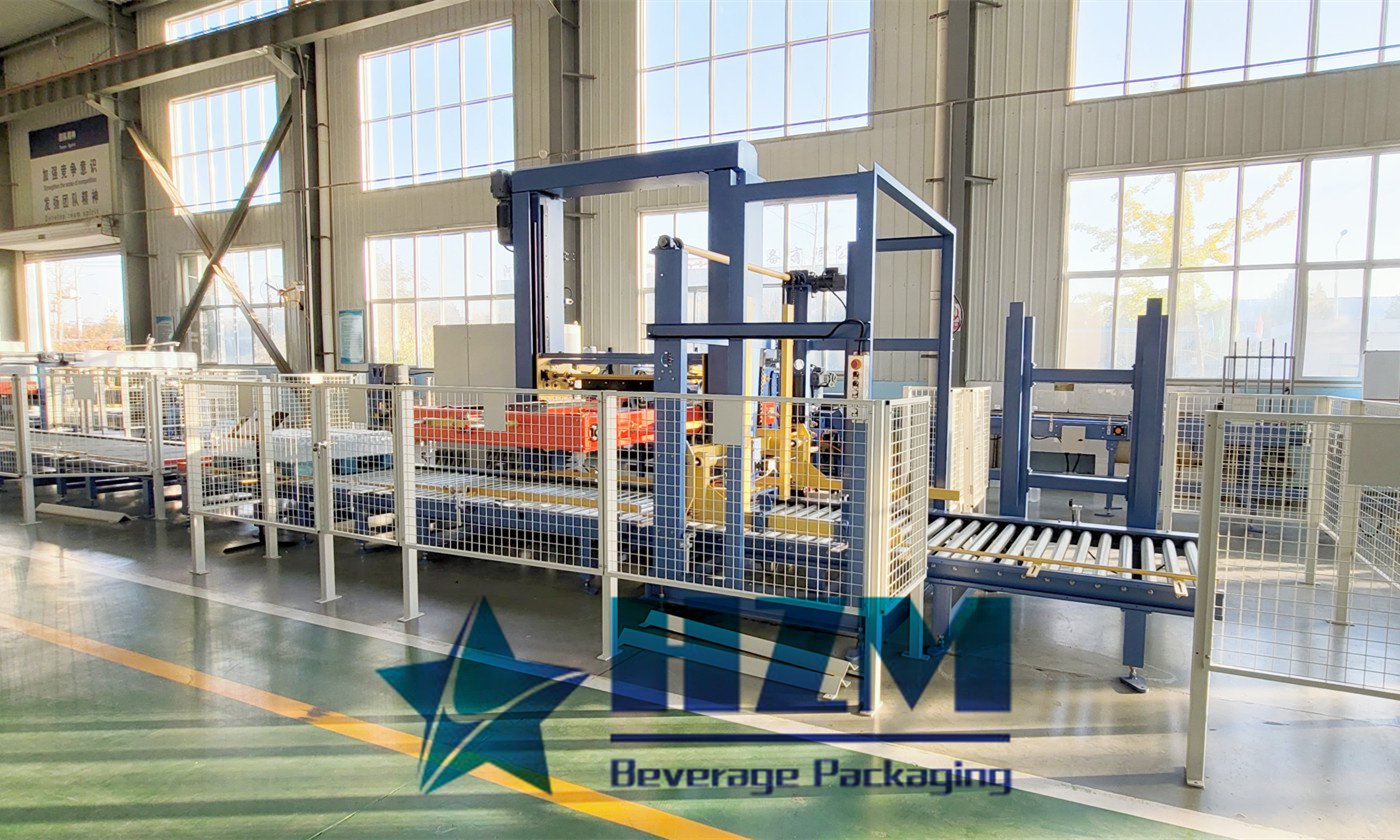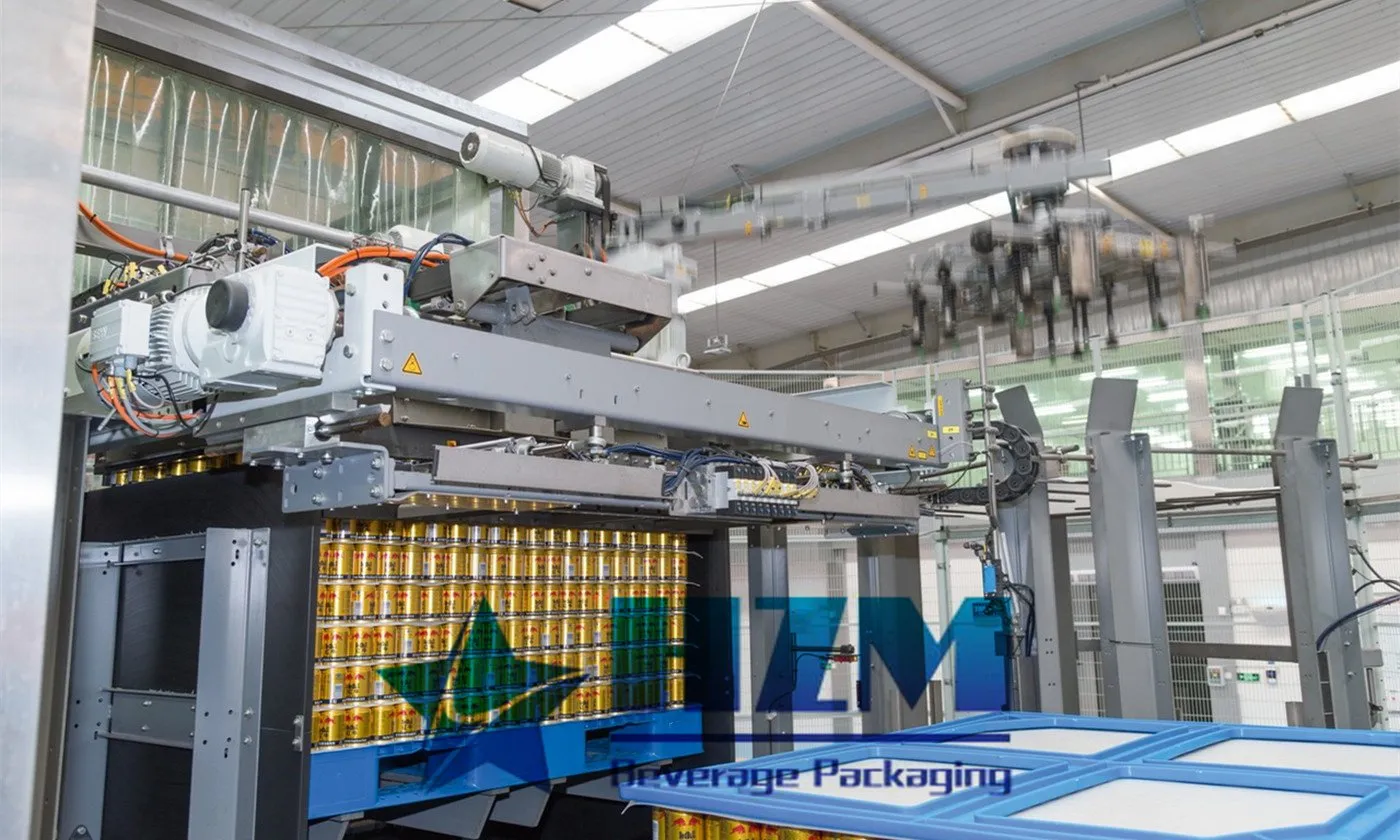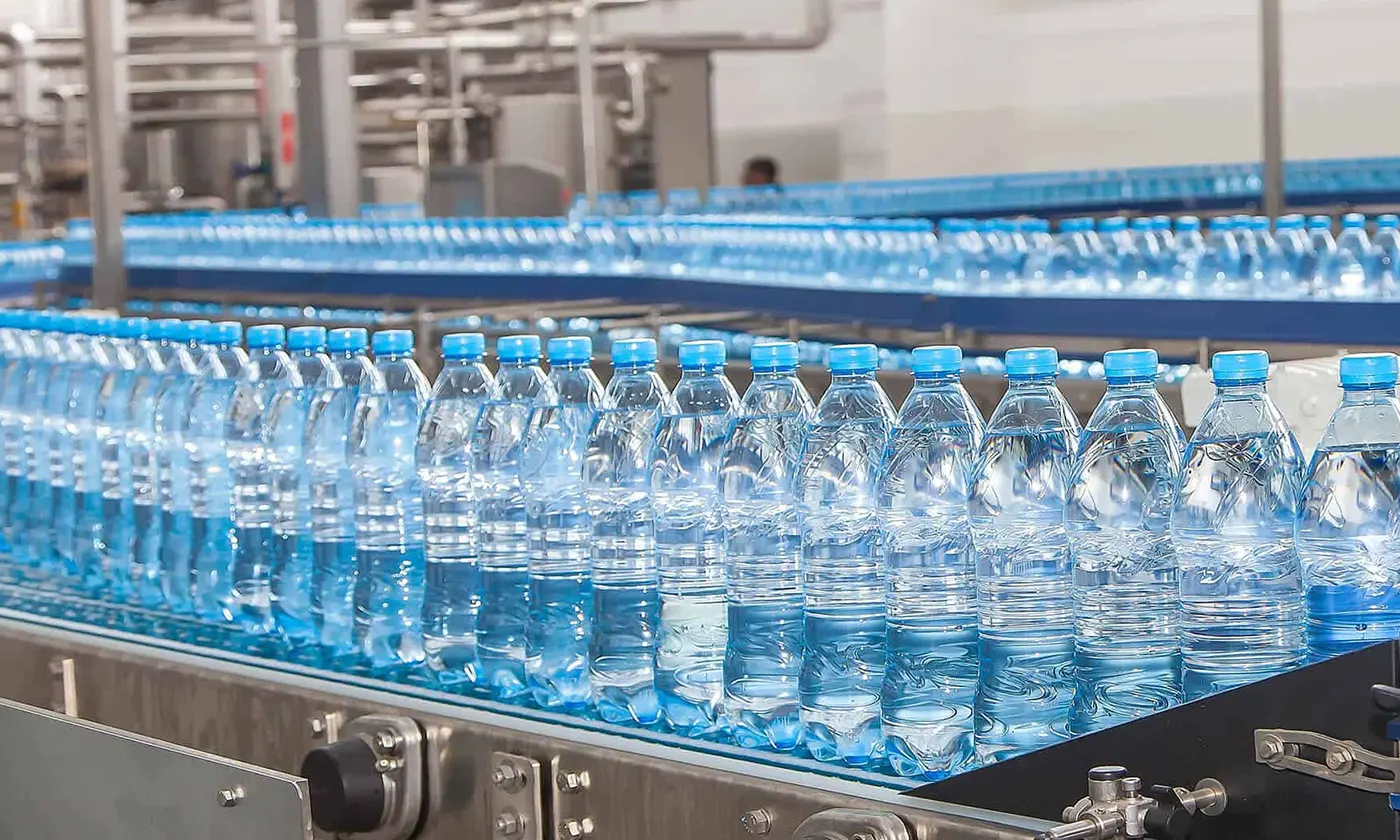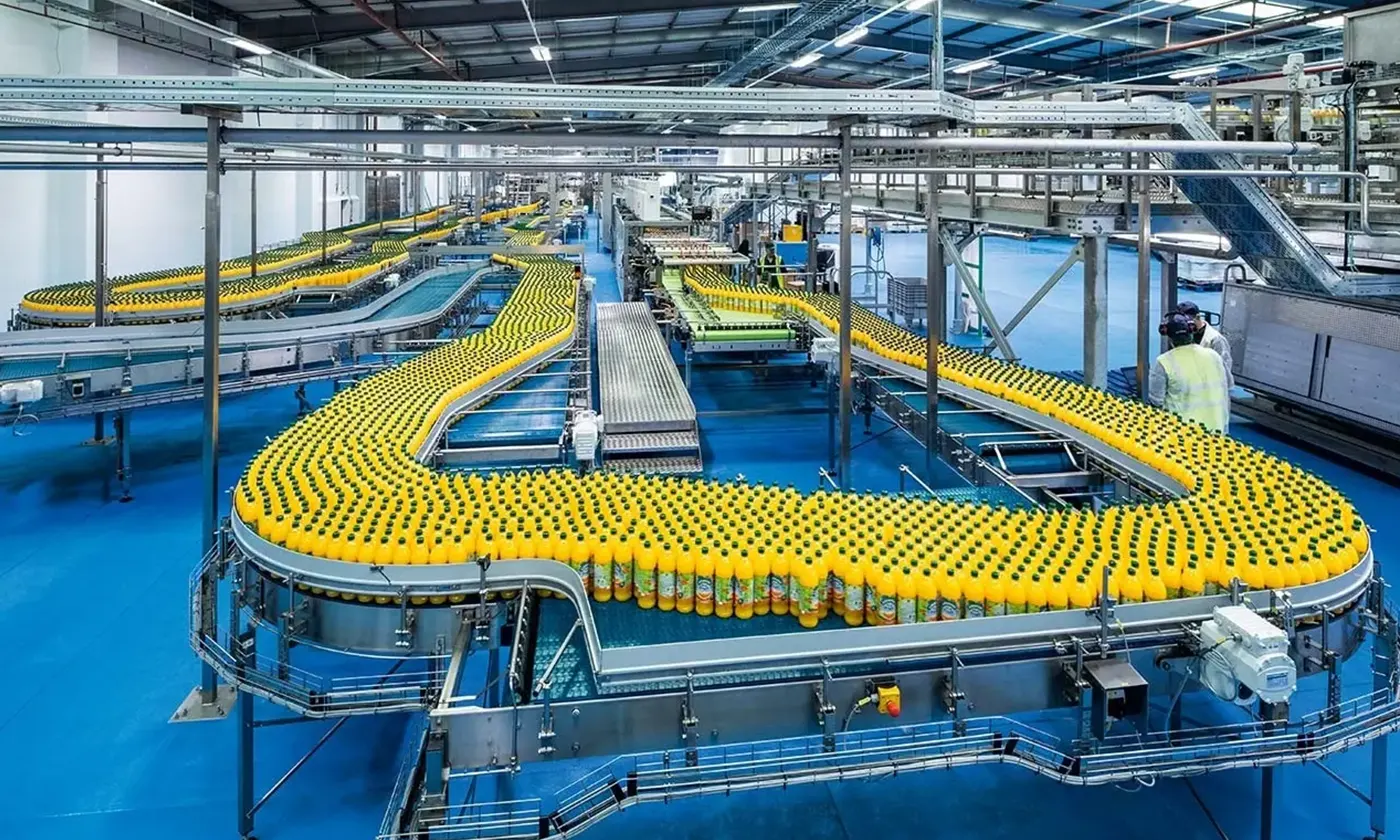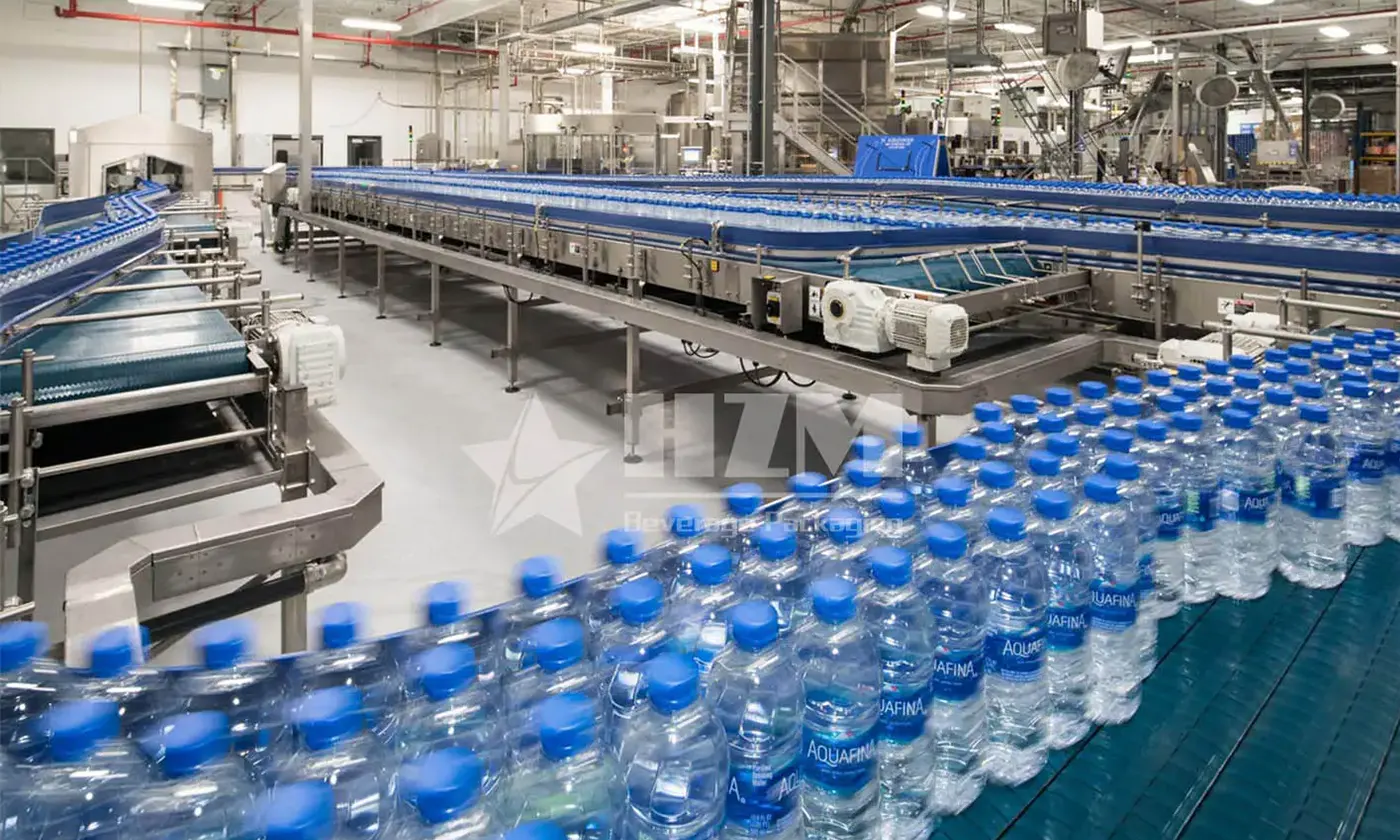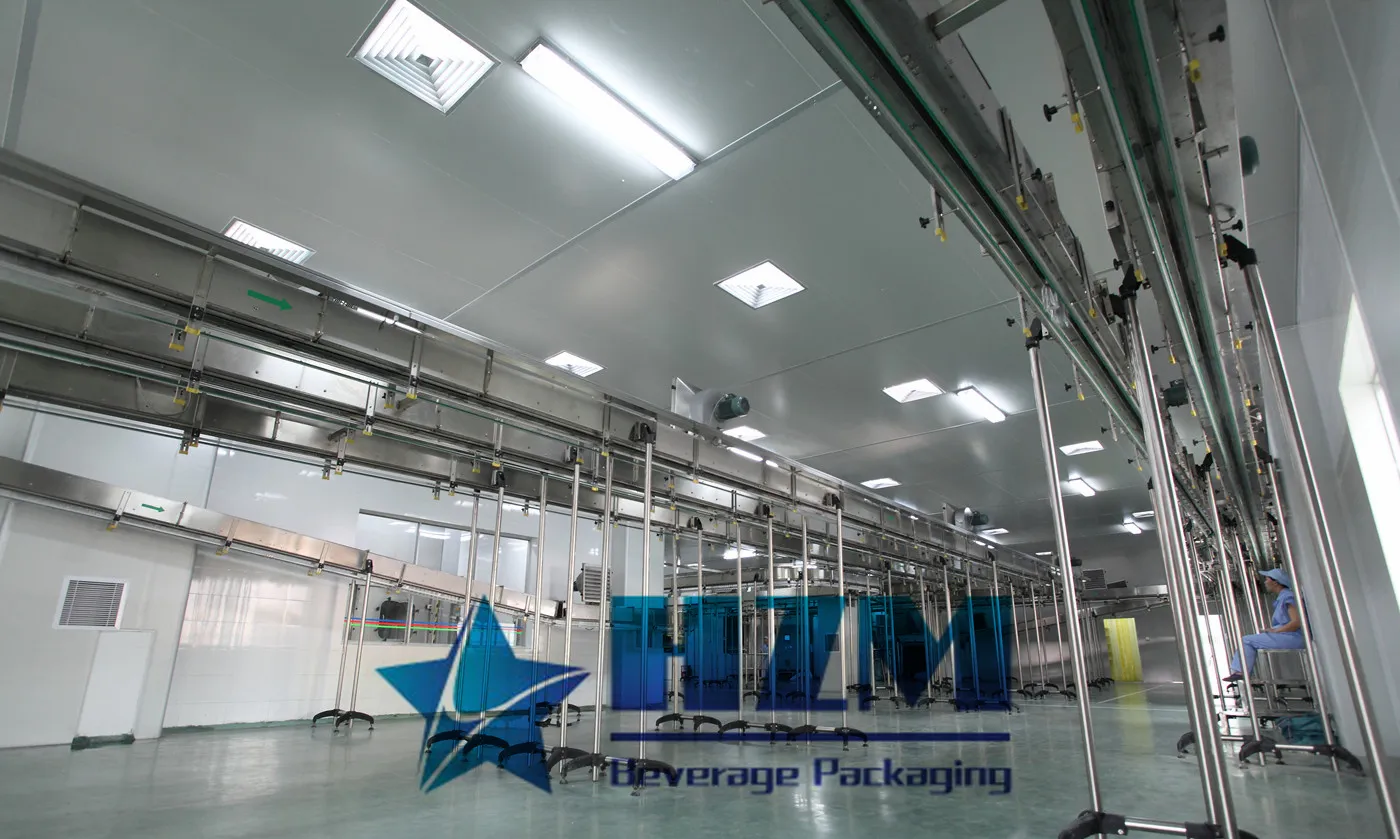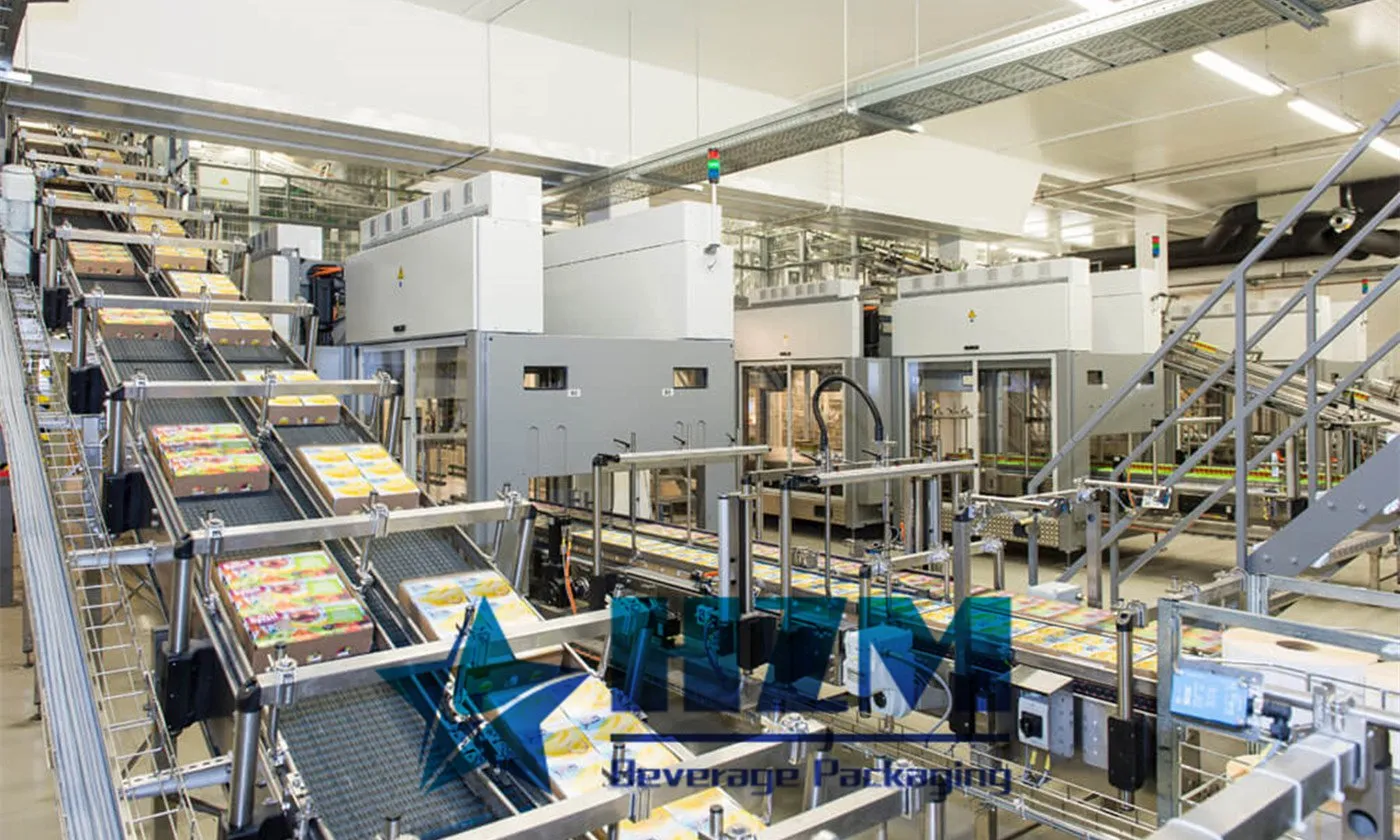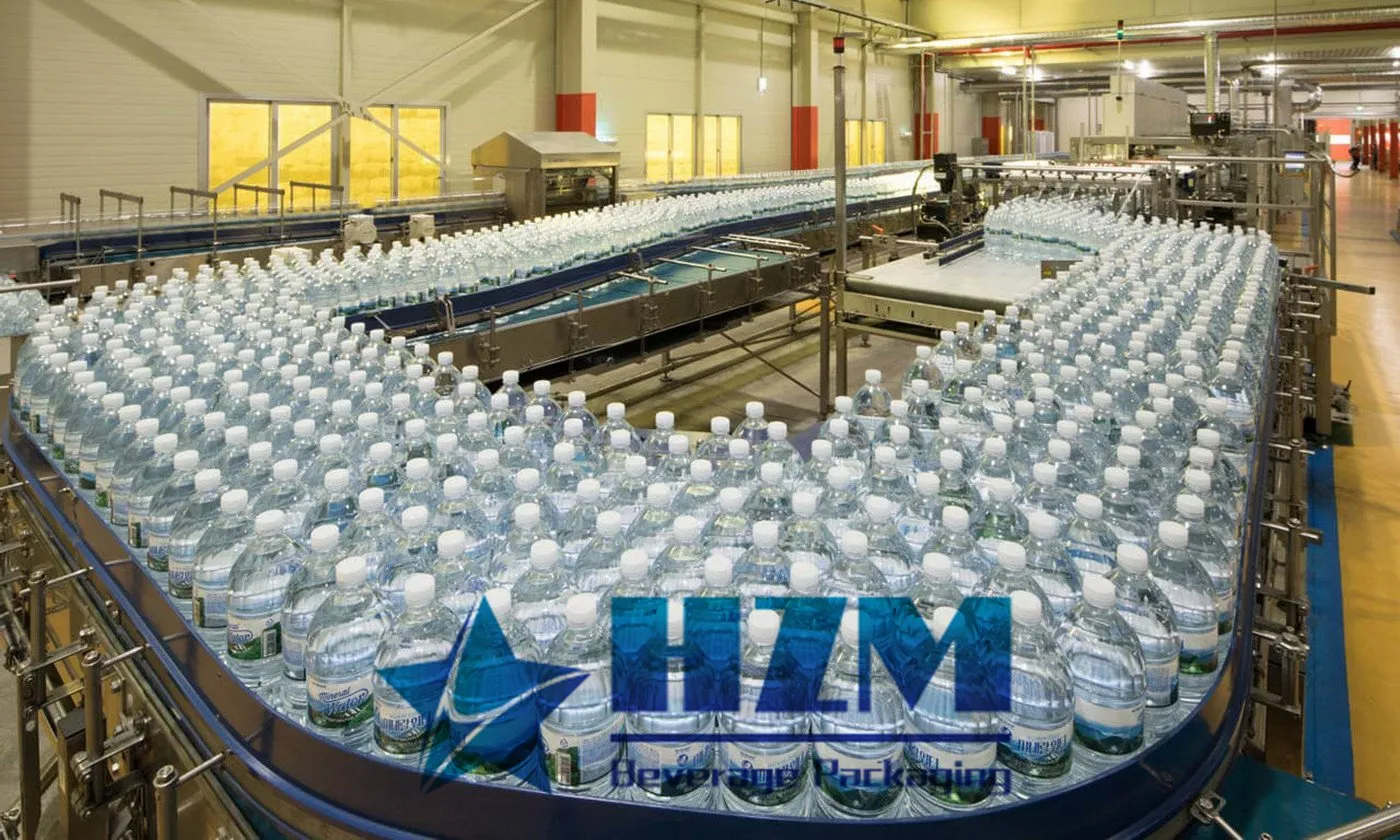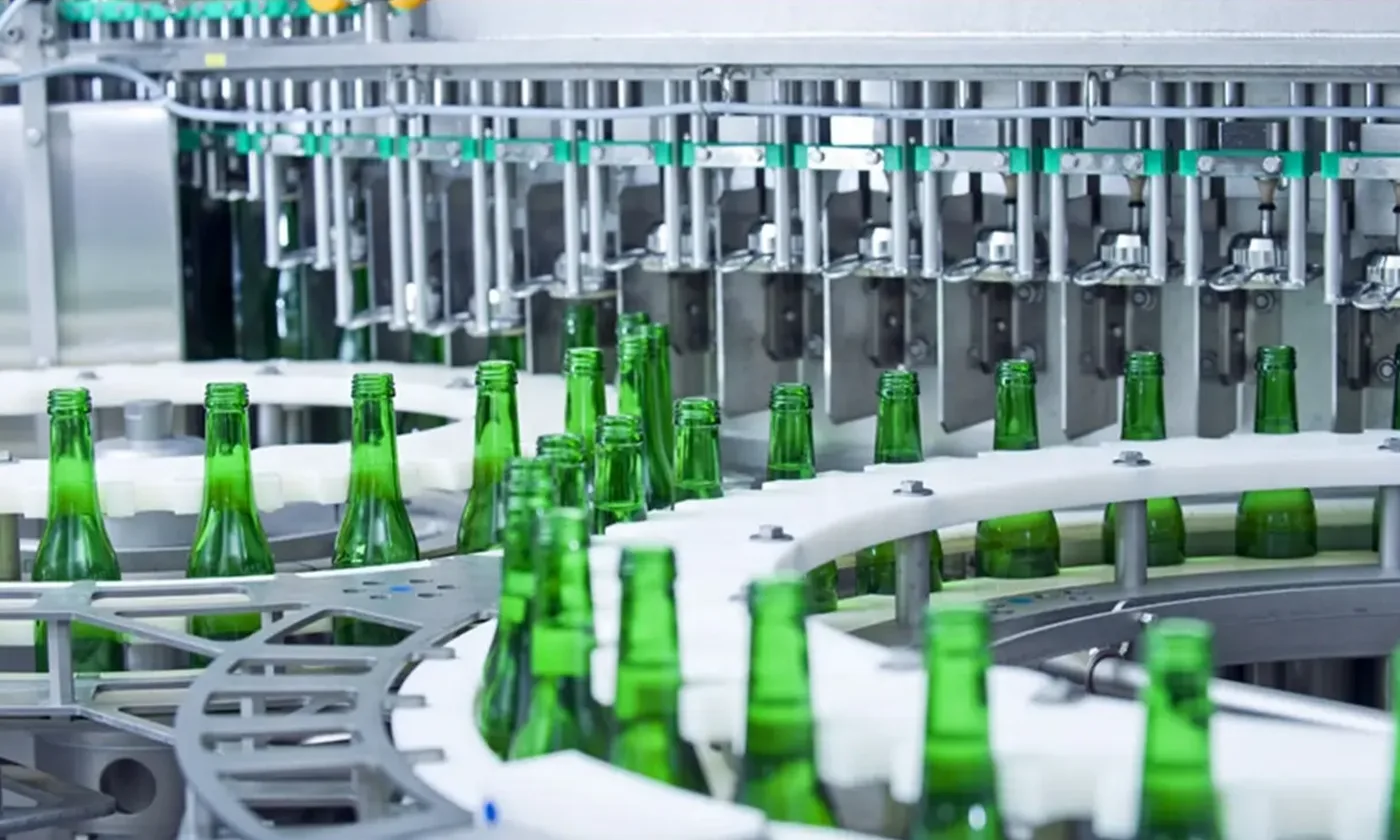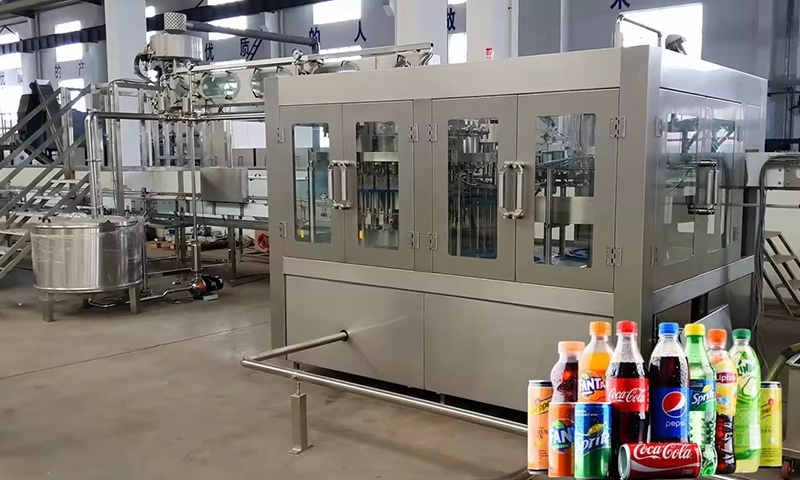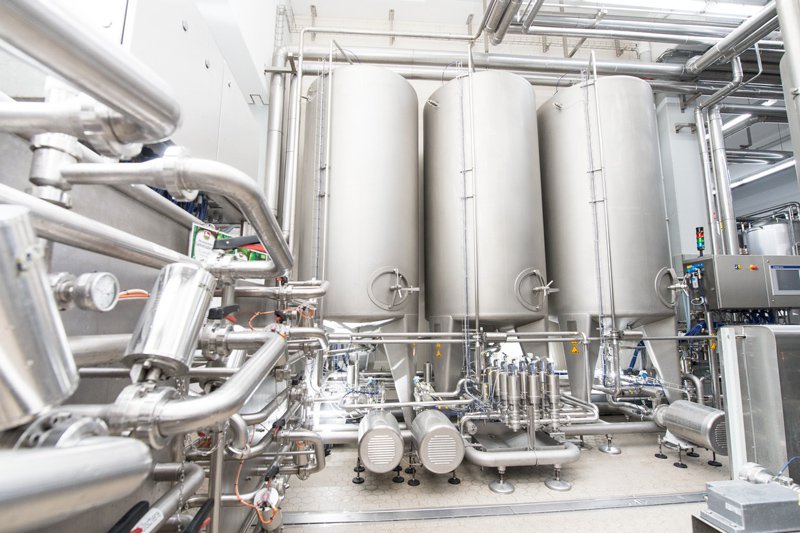
The Role of Reverse Osmosis and Water Softener In A Water Treatment System
As it is often said “water is life" because of its amazing relevance to all of life's activities.
This, in part, is because water is used in almost every process be it industrial or domestic.
The need for water to be potable and sparkling good cannot be overemphasized.
For this reason, there is a need to buy water treatment system from a reliable and professional manufacturer of water treatment system when shopping for one.
Water Treatment System Components
The treatment of water in a water treatment system is not complete without the stages of reverse osmosis and water softening process.

Reverse Osmosis System
The reverse osmosis filtration exploits the usual movement of molecules in a gas or a liquid known as osmosis to filter water.
Once this is done properly, water gets rid of the many contaminations and dissolved substances that are present in it.
The RO system employs pressure higher than the osmotic pressure occurring at the interphase of two liquids of different concentrations.
In addition, the pressure of solutes on either side of a semi-permeable membrane causes the movement of water molecules.
This movement of the water molecule is usually from the lower concentrated solution to the higher concentrated solution to be reversed.
As this counter directional movement of water takes place, water diffuses through the semi-permeable membrane thereby leaving behind almost all solutes.
There are wide ranges of filtration systems that utilize reverse osmosis principles to provide potable water for different use.
Typical examples include park irrigation, potable water production, aquariums, food industries, pharmaceutical industries, and other chemical industries.
This process of liquid reverse osmosis technology is highly efficient and cost-effective.
Depending on the supplied water, a reverse osmosis technology or system can effectively remove up to 99% of impurities.
Such impurities may include sulfate, calcium, fluoride, magnesium, copper, chloride, and arsenic.
Others include asbestos, sodium, pesticides, nitrate/nitrite, pesticides, sodium, and sulfate.
Considering these advantages, irrespective of what a water treatment price maybe, sourcing a RO system from a professional manufacturer is the surest way to have the best value for your money.
Water Softener System
Hard water can be a costly problem to tackle in a home.
When groundwater containing dissolved impurities flows through the pipes of your home the dissolved minerals interact with heat, leaving scaly deposits that damage your pipes.
Water from the rain is naturally not hard, however as it flows through the ground, it combines with minerals such as calcium and magnesium that caused it to become hard water.
Water softeners don’t follow the traditional method of filtering but reduce the hardness of water by removing the dissolved minerals through the principle of ion-exchange.
Mineral ions such as calcium carbonate responsible for the hardness and damages to your pipes are stuck by resin within the ion-exchange system.
Once this happened, the mineral ions are replaced by other minerals such as sodium and potassium.
With the water softener, scaling deposits that can lead to abnormal energy consumption in industrial machinery will be greatly reduced.
Conclusion
Liquid reverse osmosis technology and water softener are two key components in the treatment of hard water in homes and industries.
For this reason, it is advisable to buy a water treatment system from a very reliable and professional manufacturer.
This is very important regardless of the water treatment price since you are sure of the best value for your hard-earned money.
TAG:
-
![Core Selling Points of Glass Bottle CSD Filling & Capping Line]()
Core Selling Points of Glass Bottle CSD Filling & Capping Line
-
![Customizable beverage filling system]()
Customizable beverage filling system
-
![Differences Between Hot Filling and Cold Filling in Beverage Filling Machines]()
Differences Between Hot Filling and Cold Filling in Beverage Filling Machines
-
![Selecting a Dedicated RO Reverse Osmosis Water Treatment System for a Purified Water Beverage Production Line]()
Selecting a Dedicated RO Reverse Osmosis Water Treatment System for a Purified Water Beverage Production Line
-
![How Fast Is the Labeling Speed of Tea Beverage Packaging Machines?]()
How Fast Is the Labeling Speed of Tea Beverage Packaging Machines?


